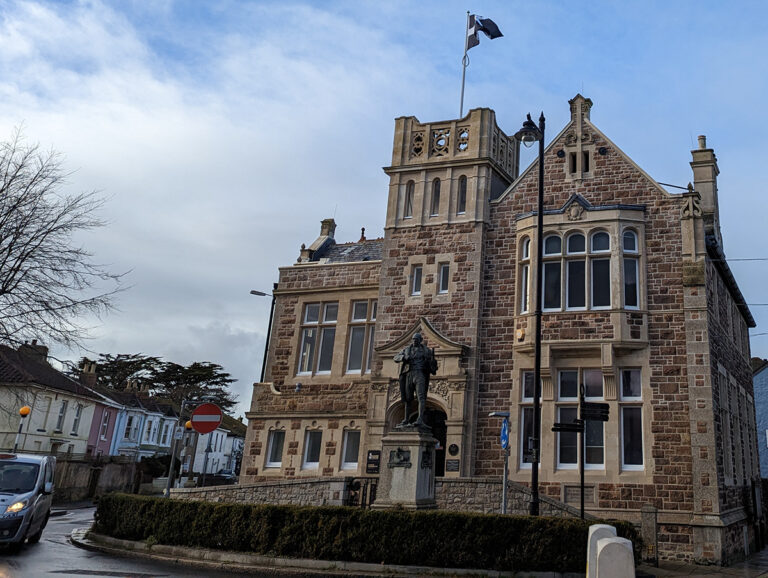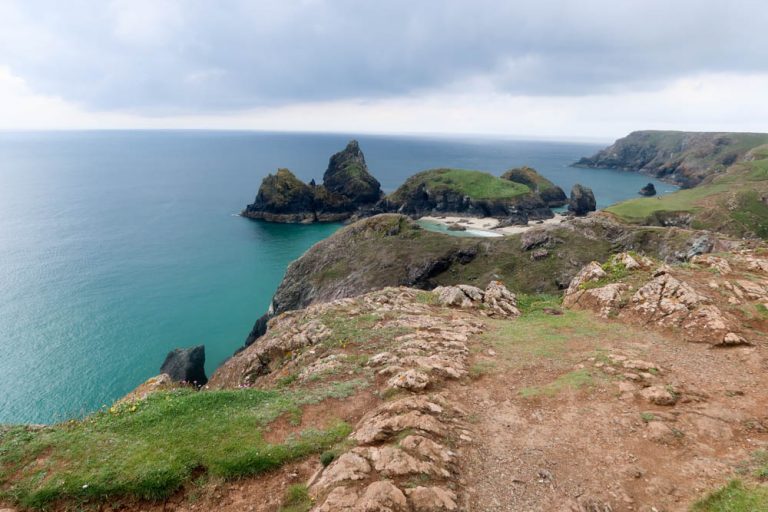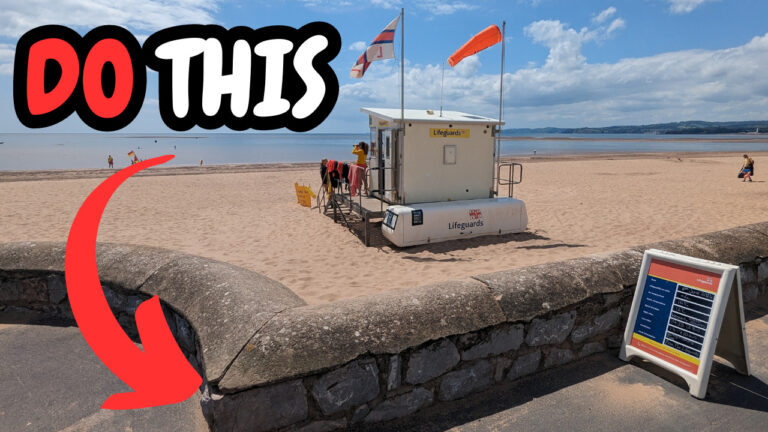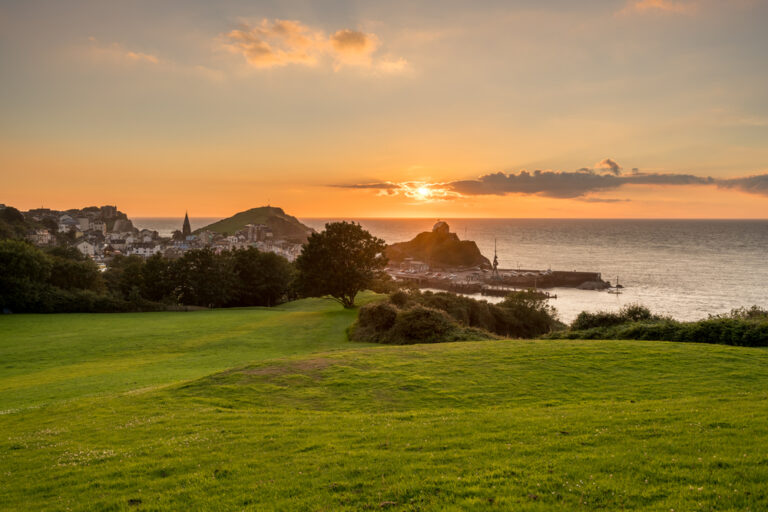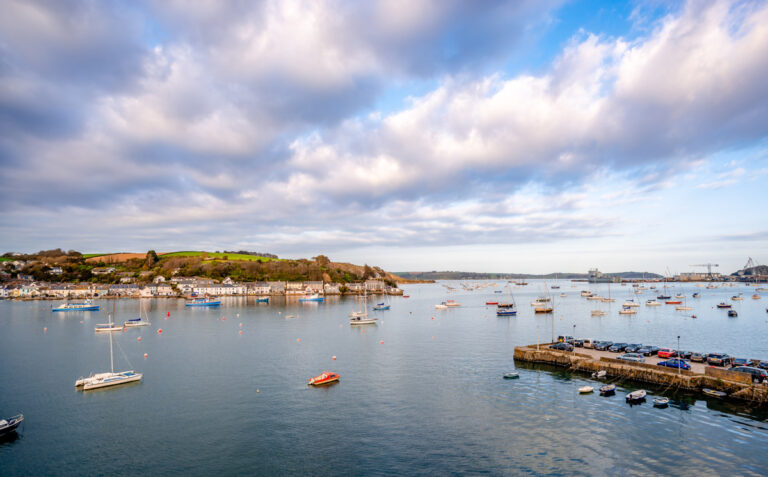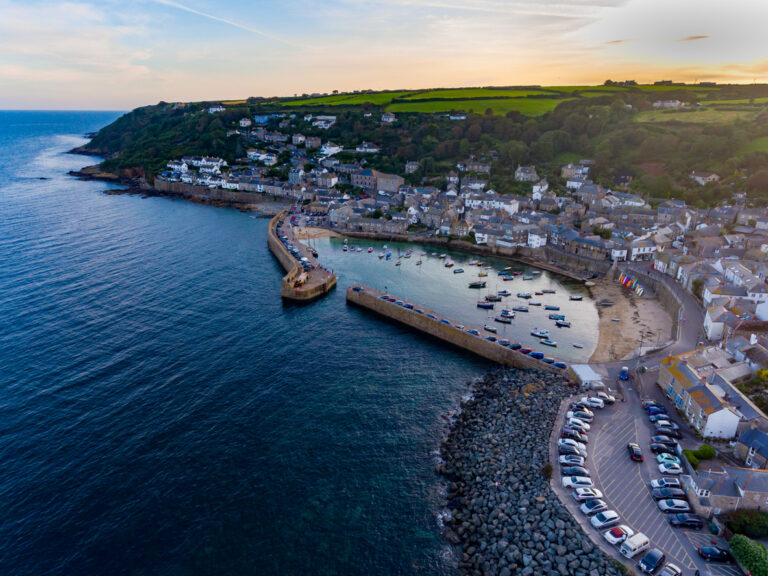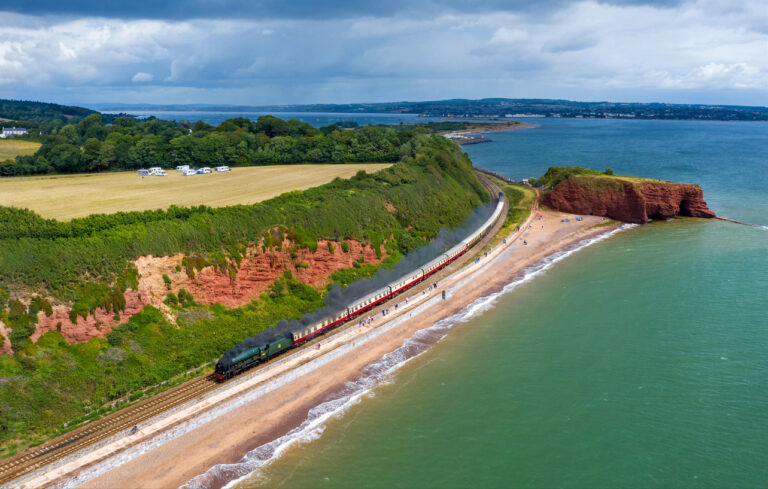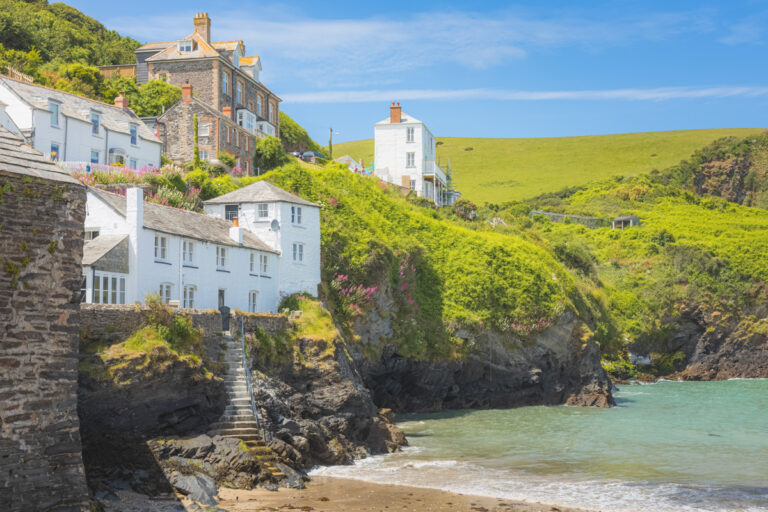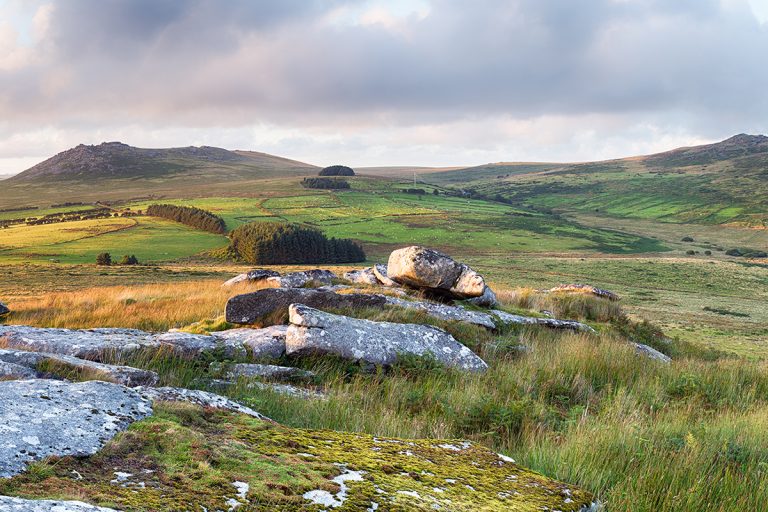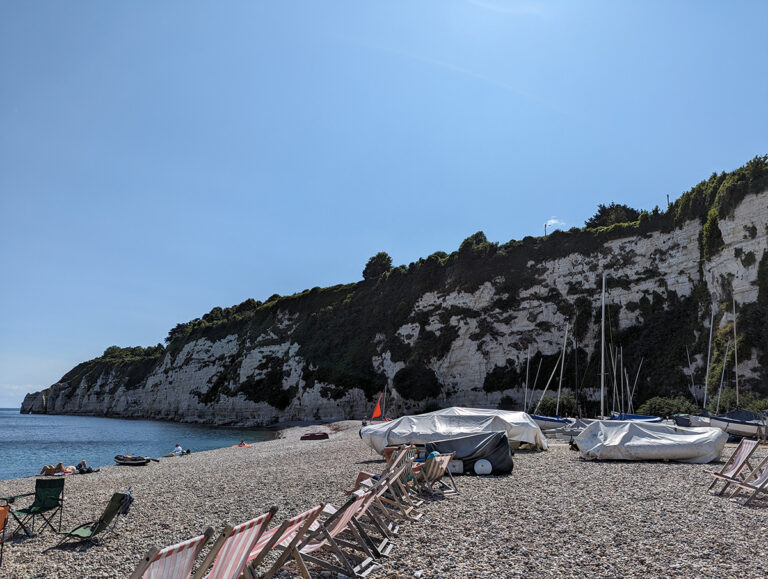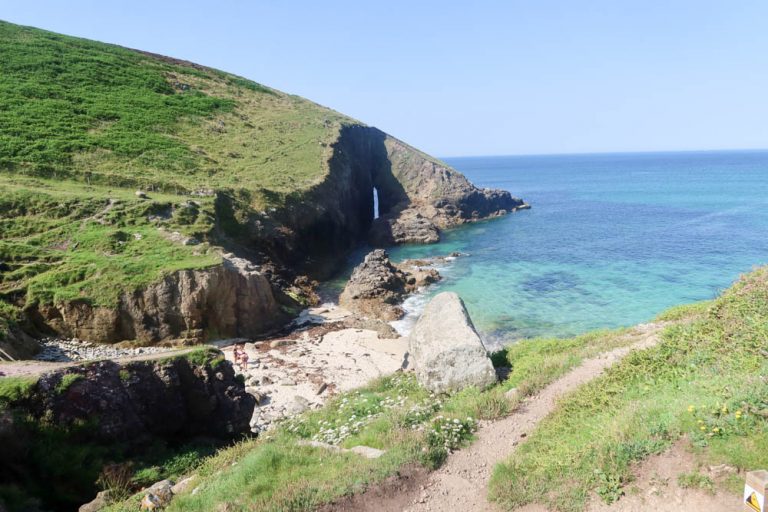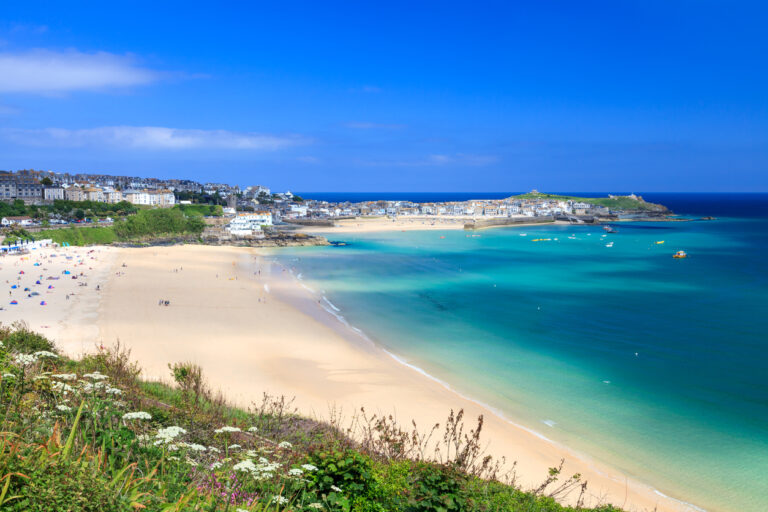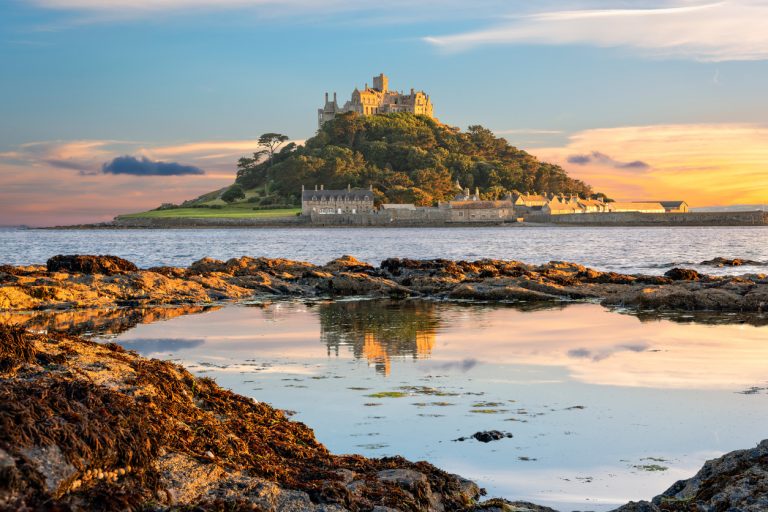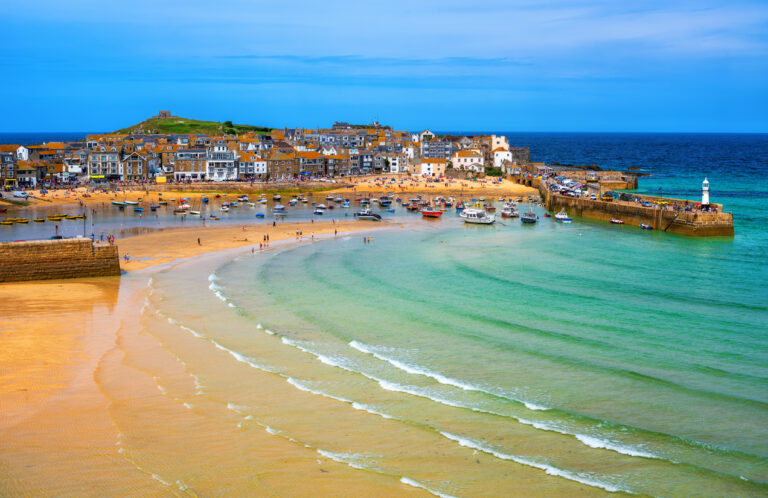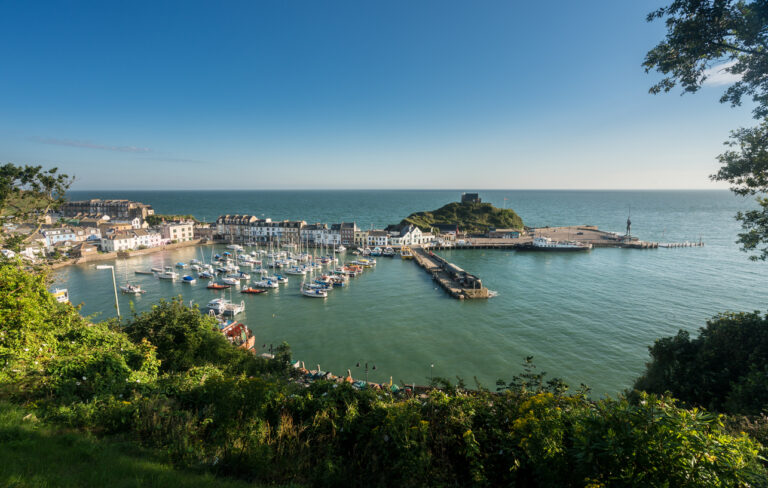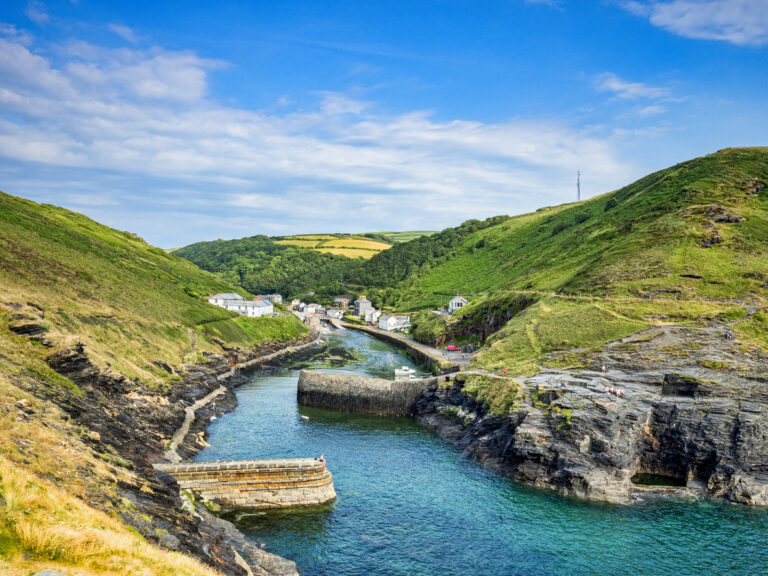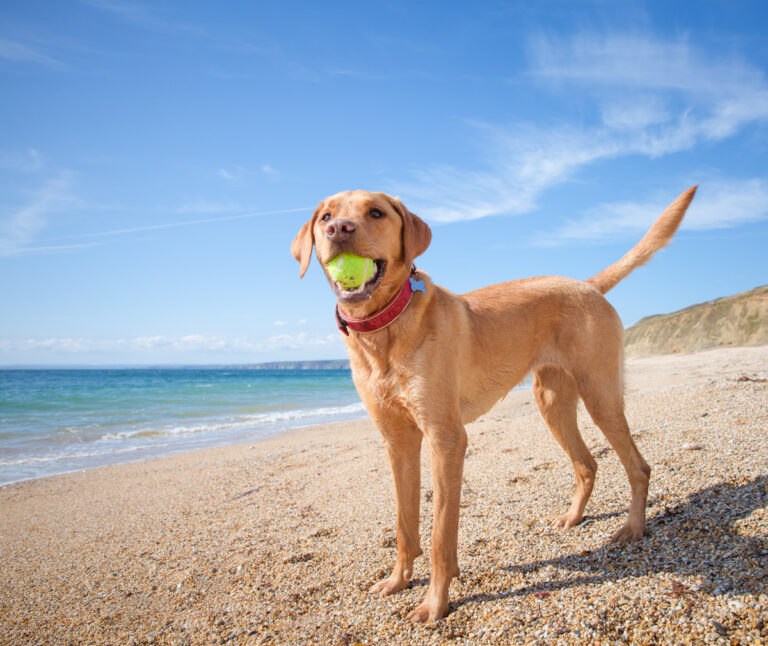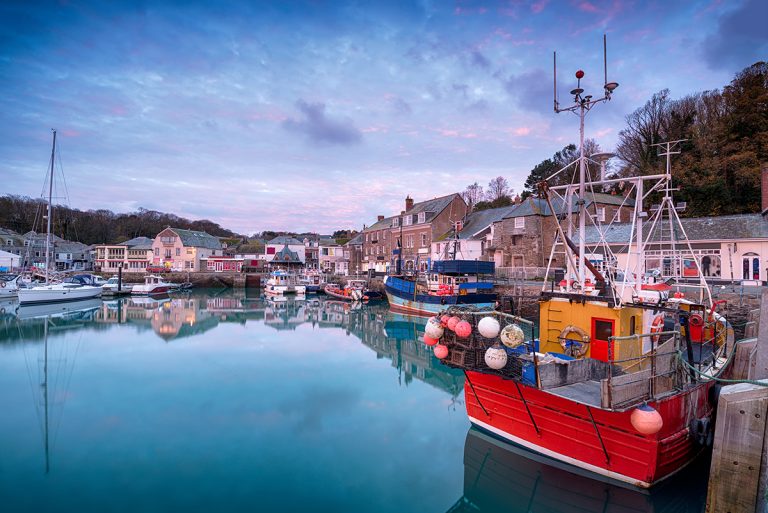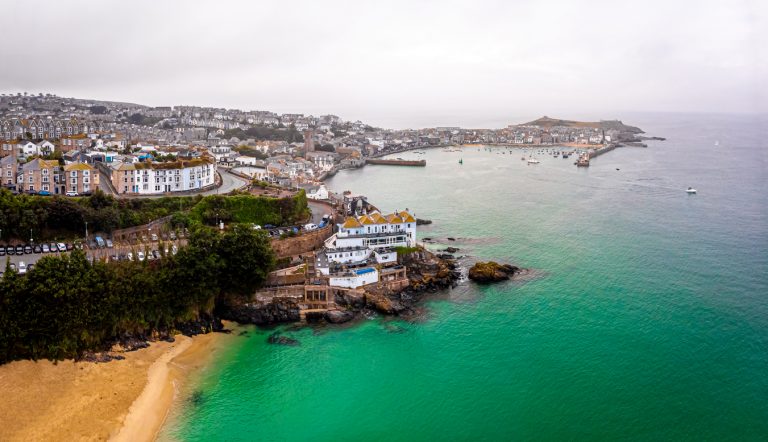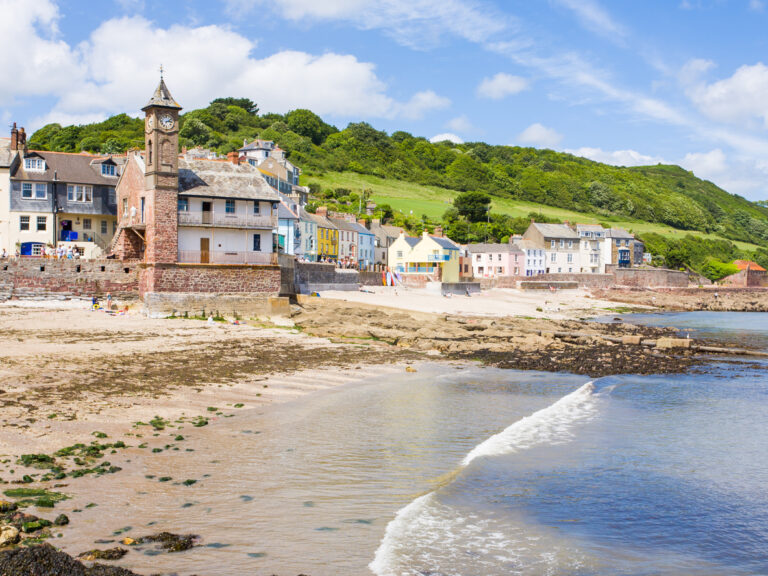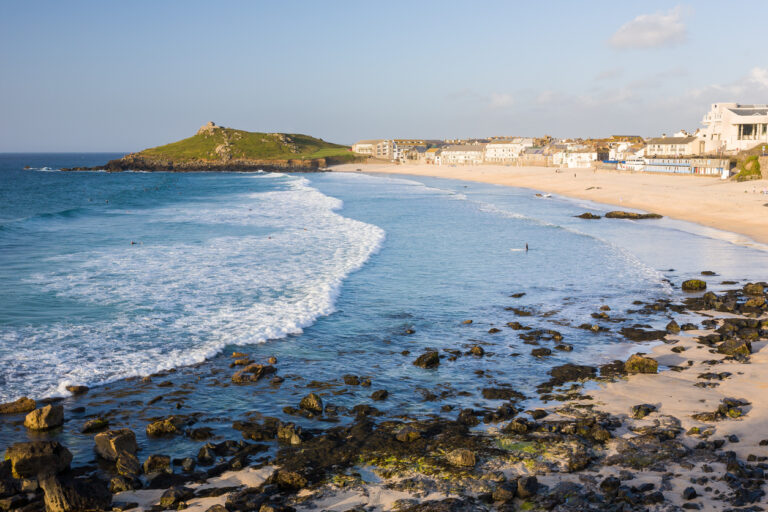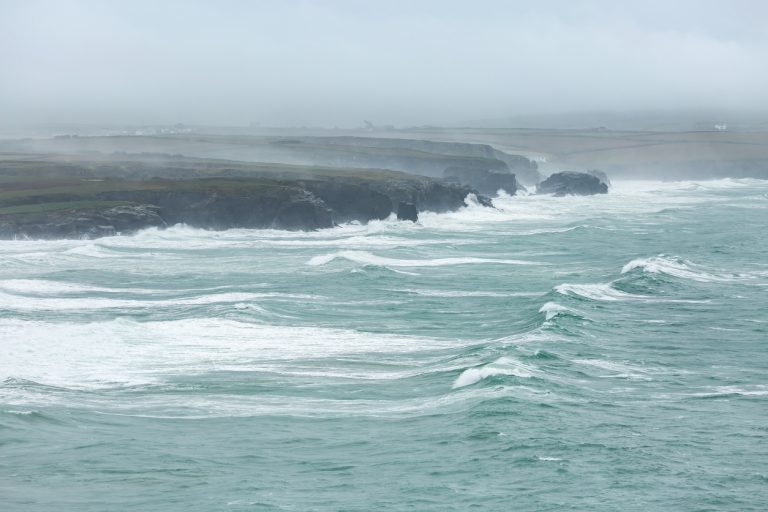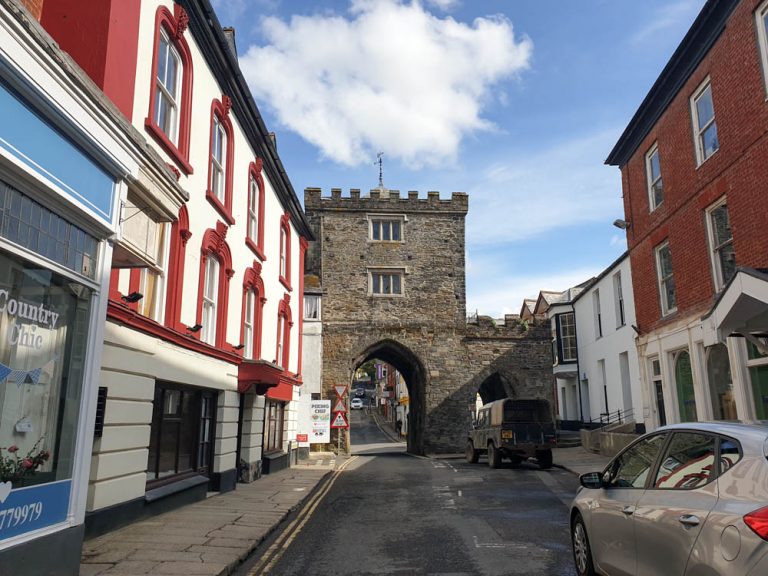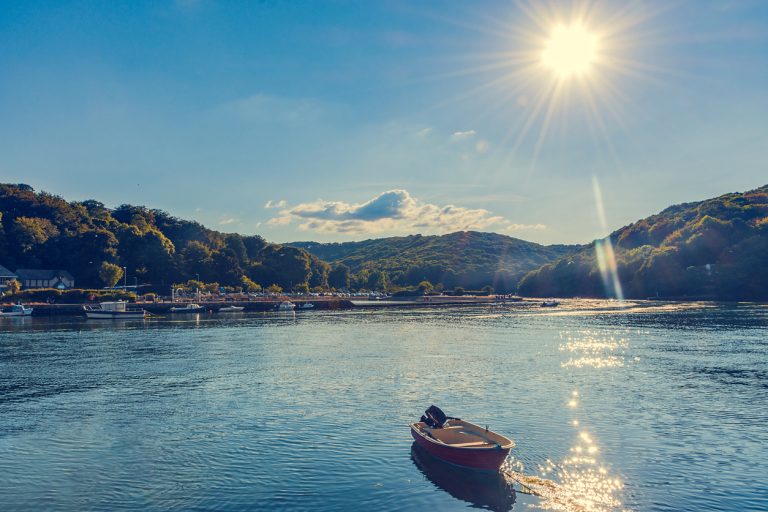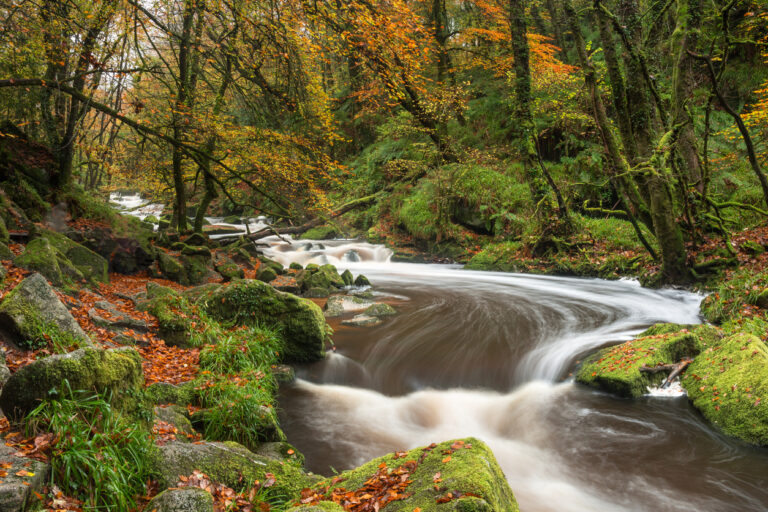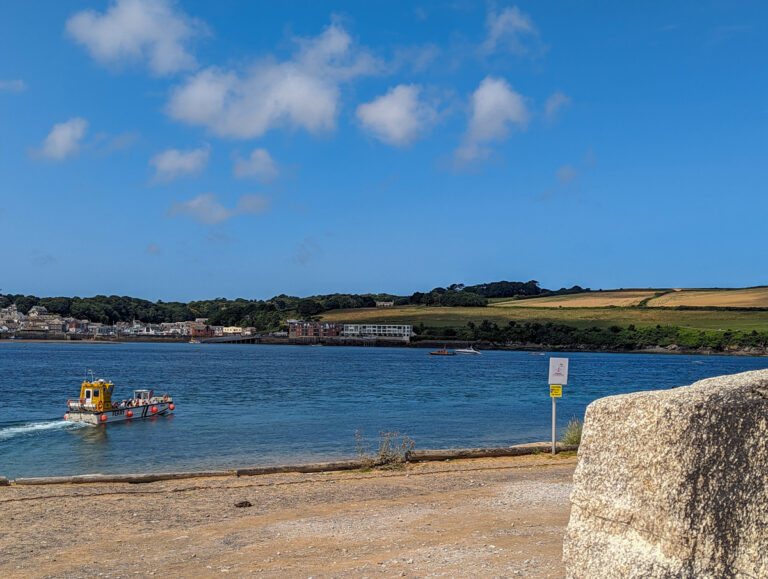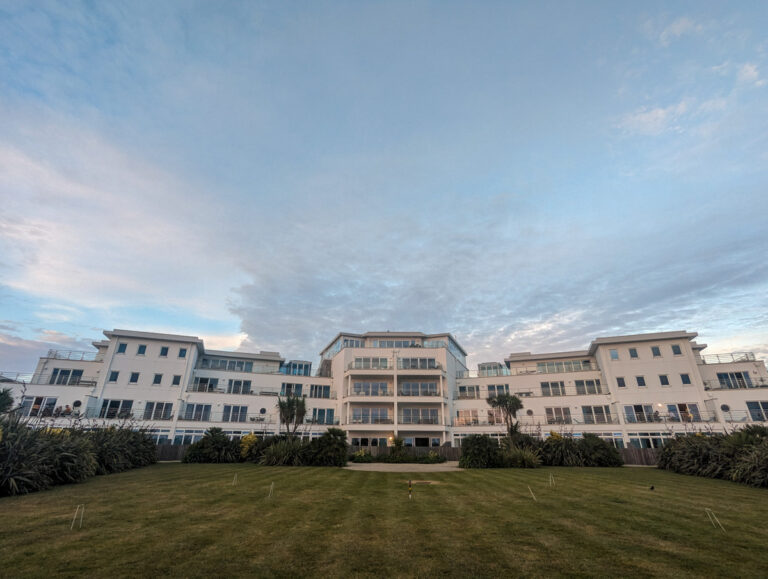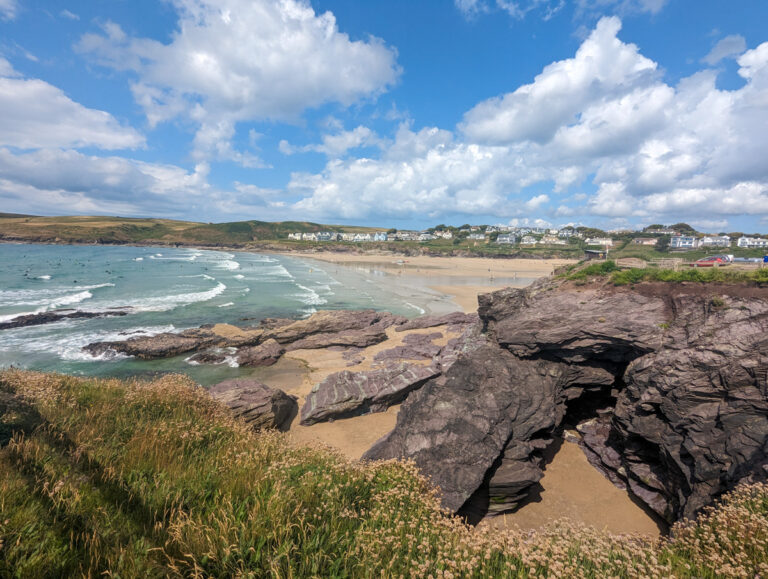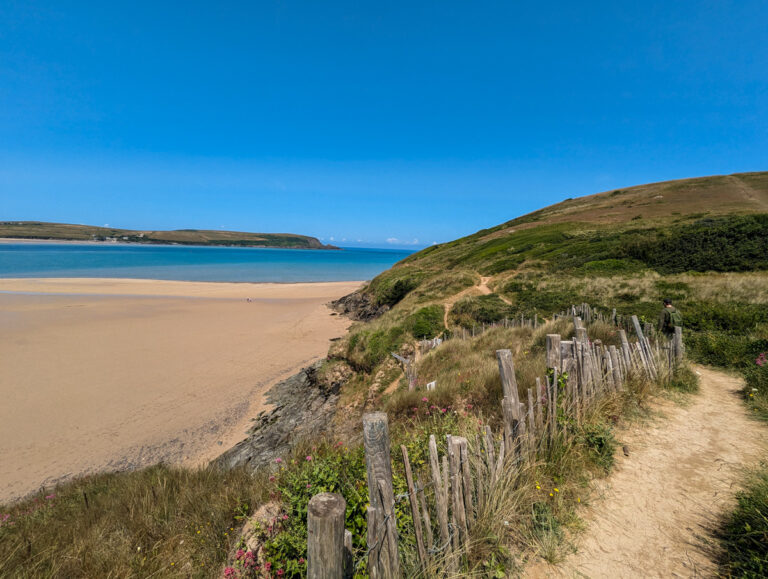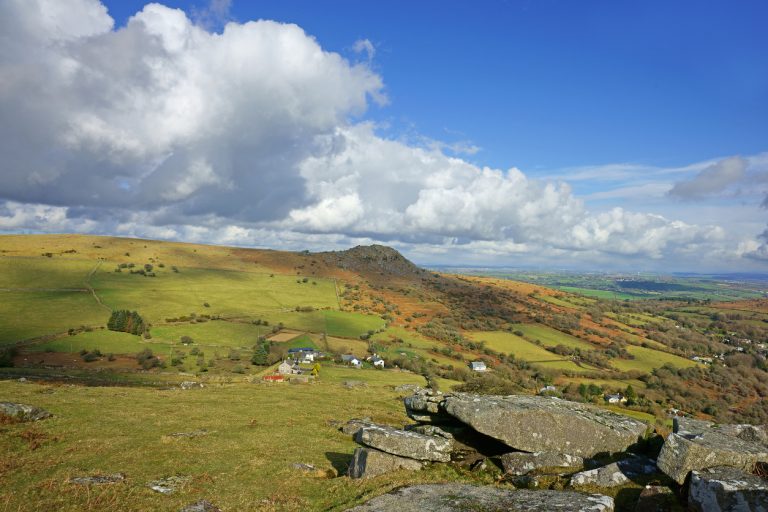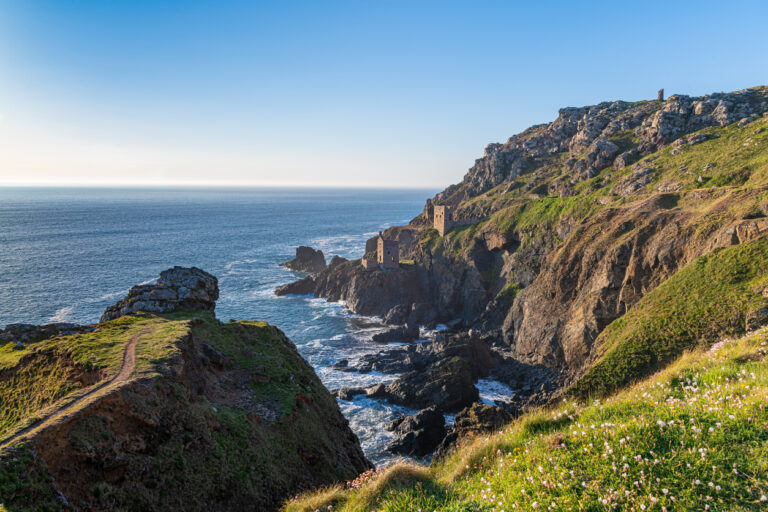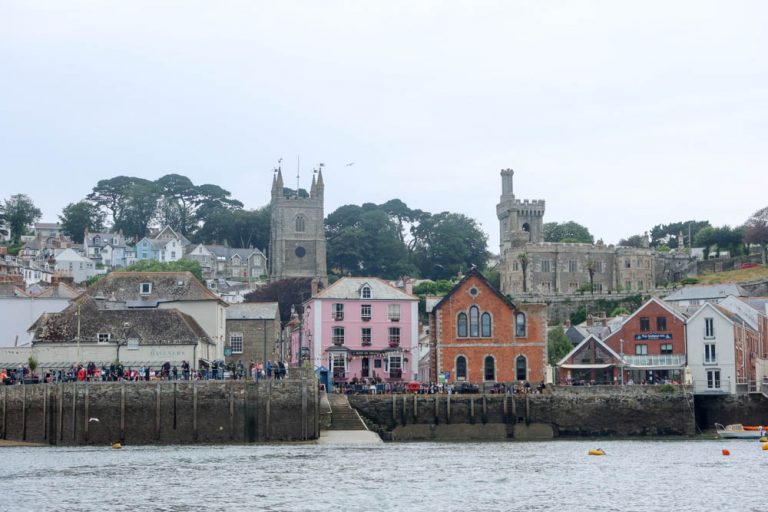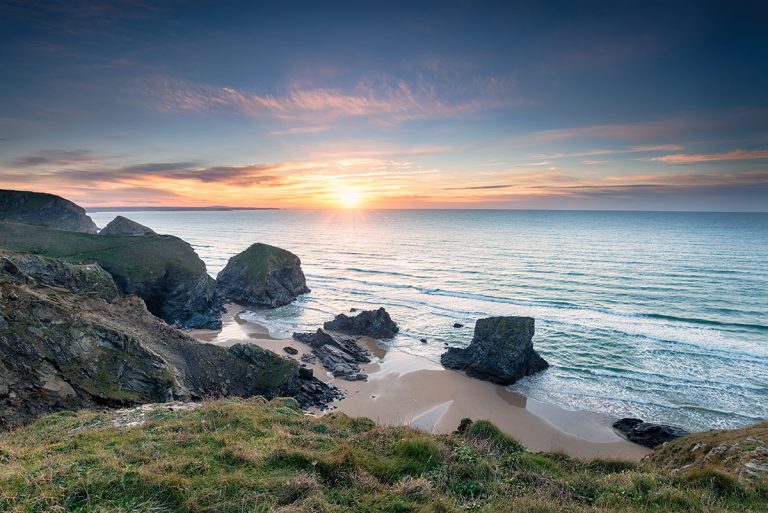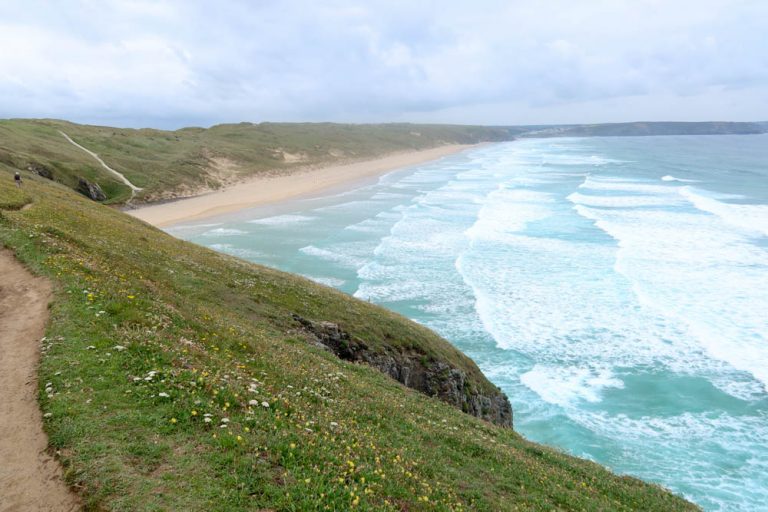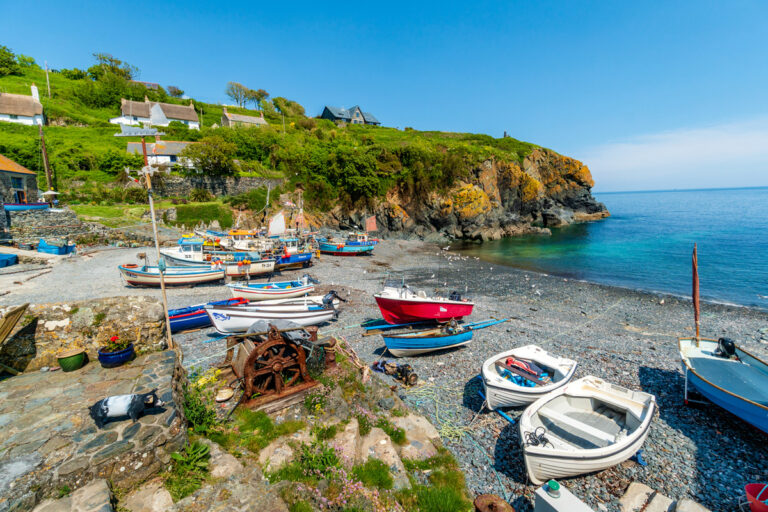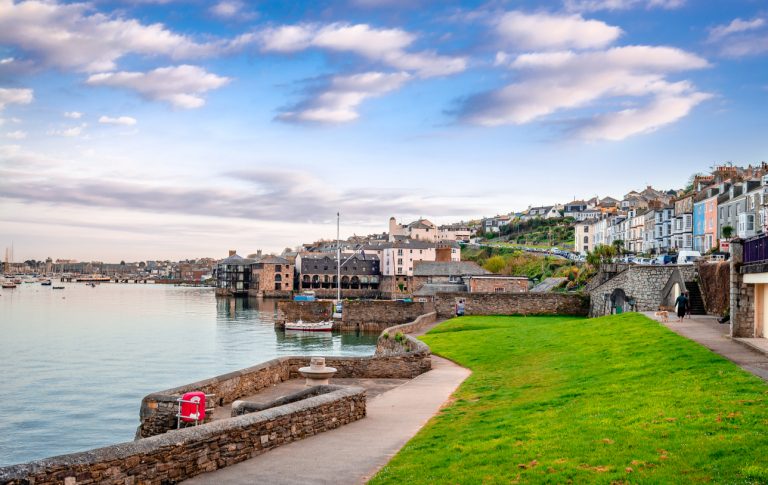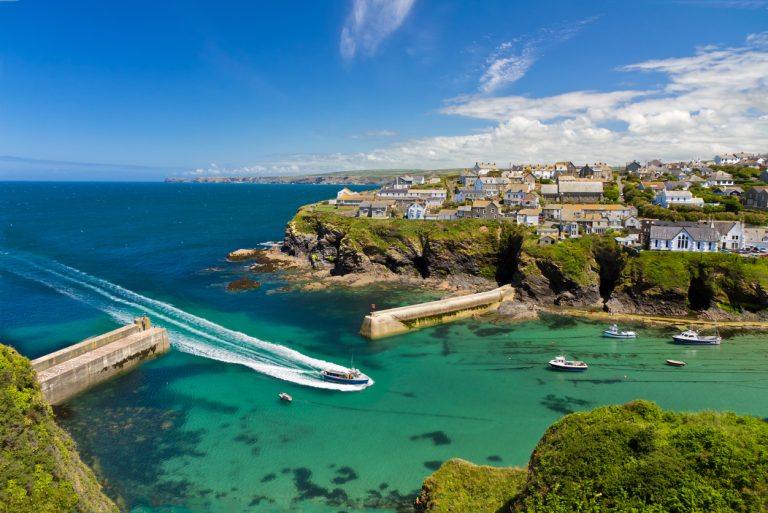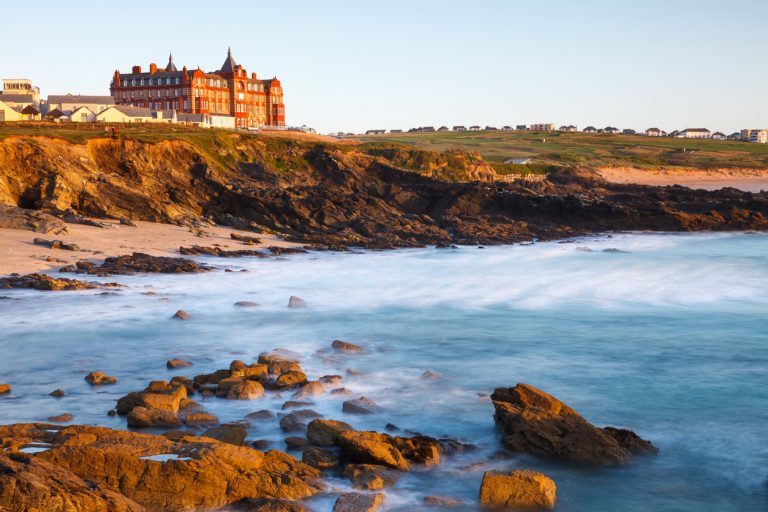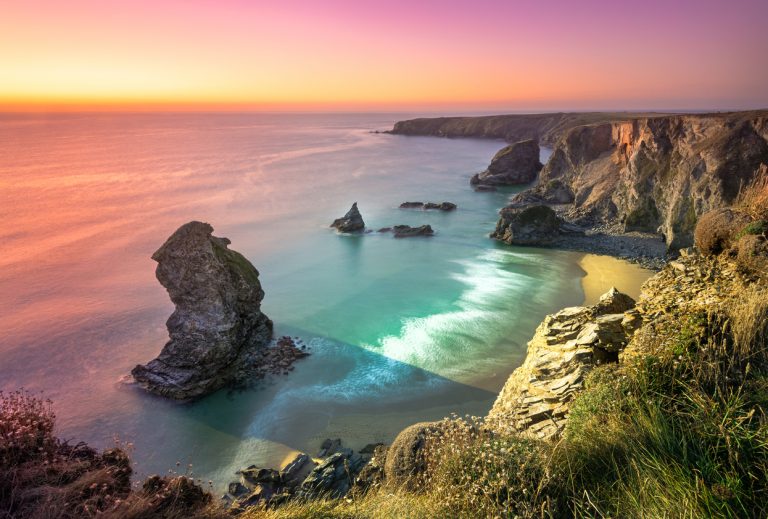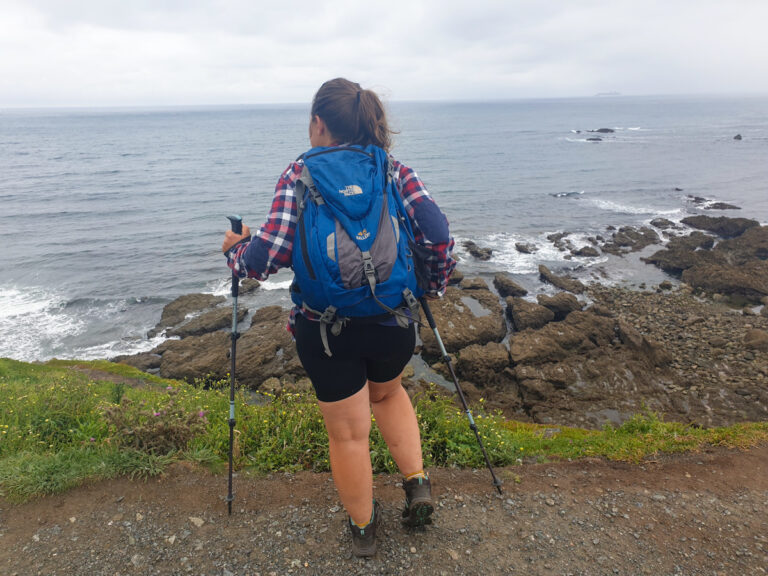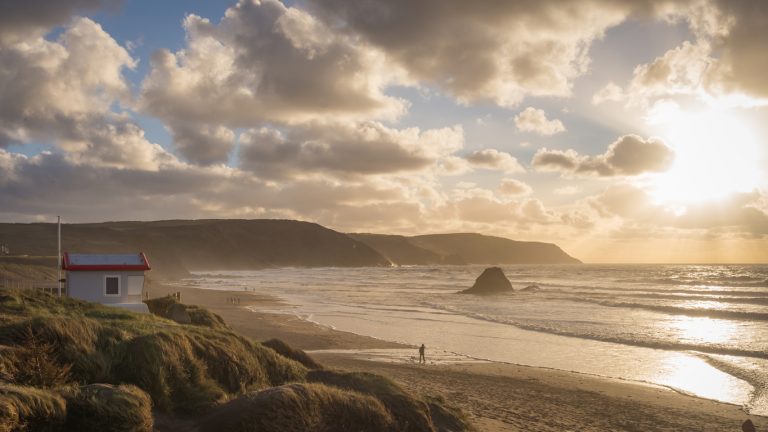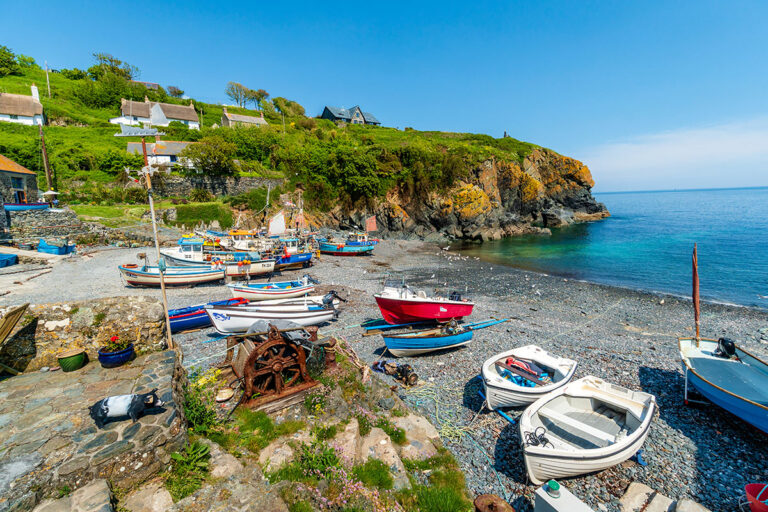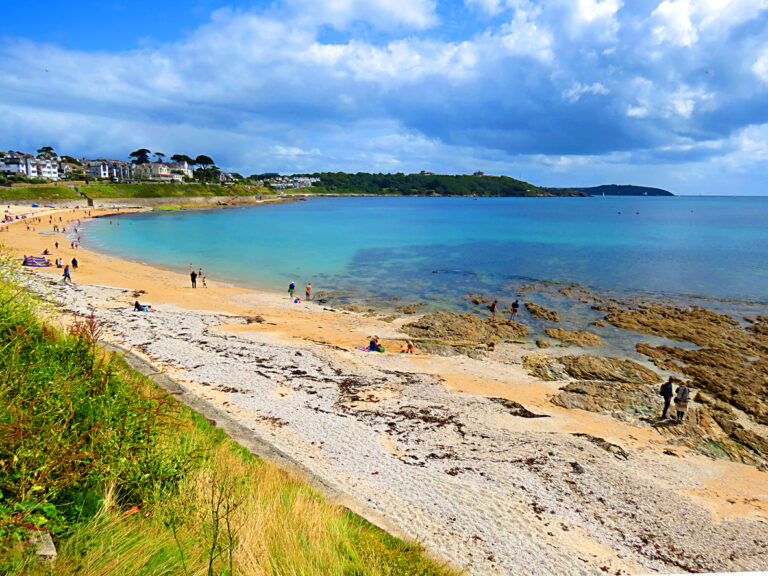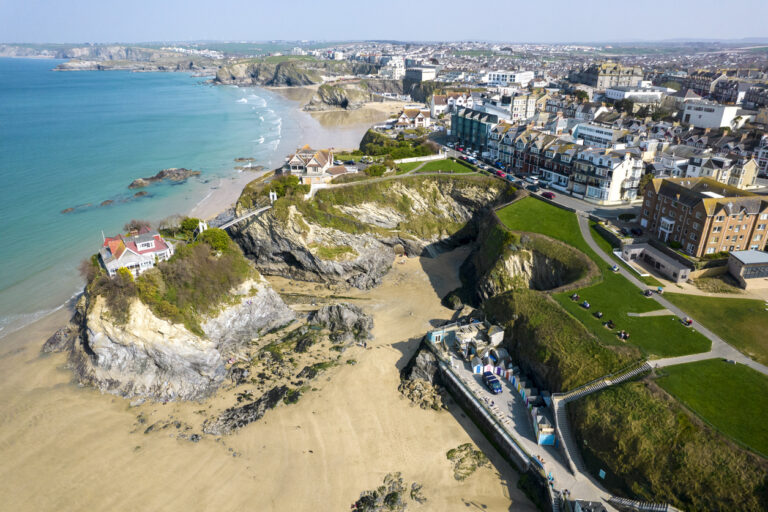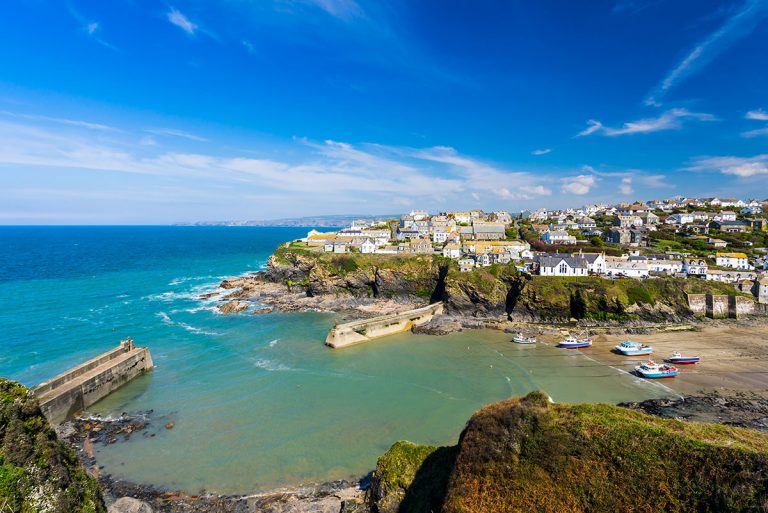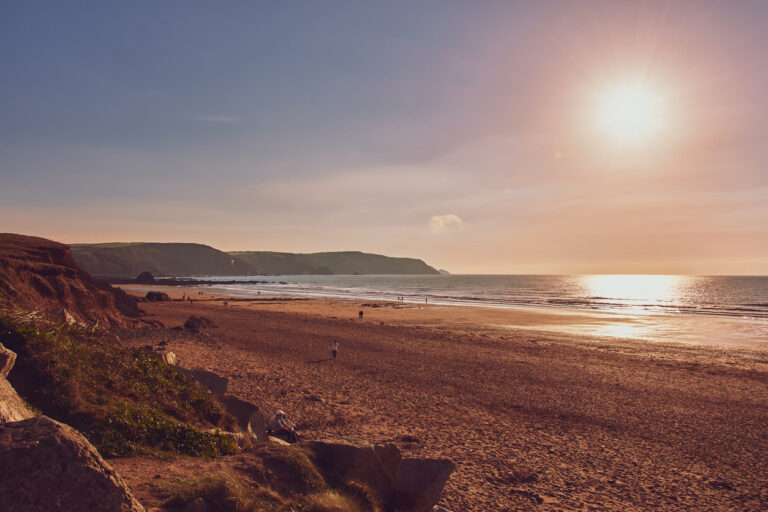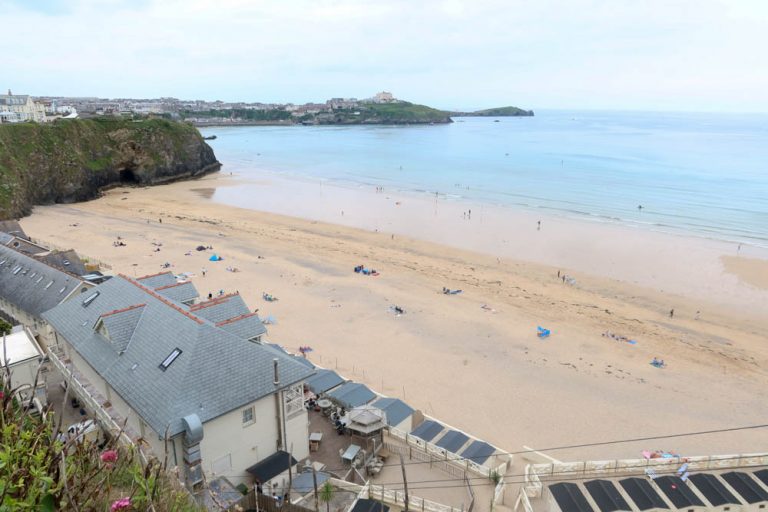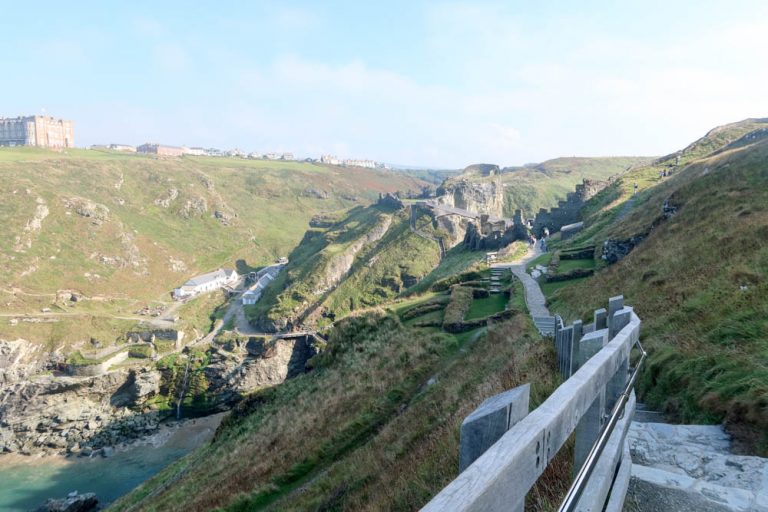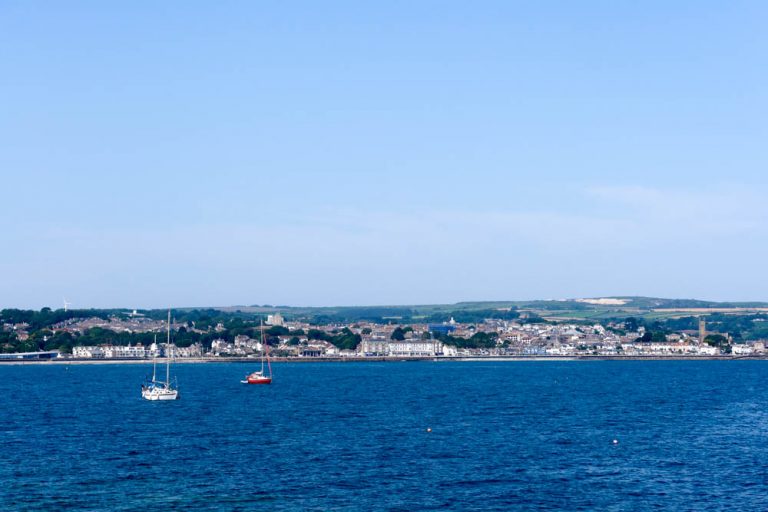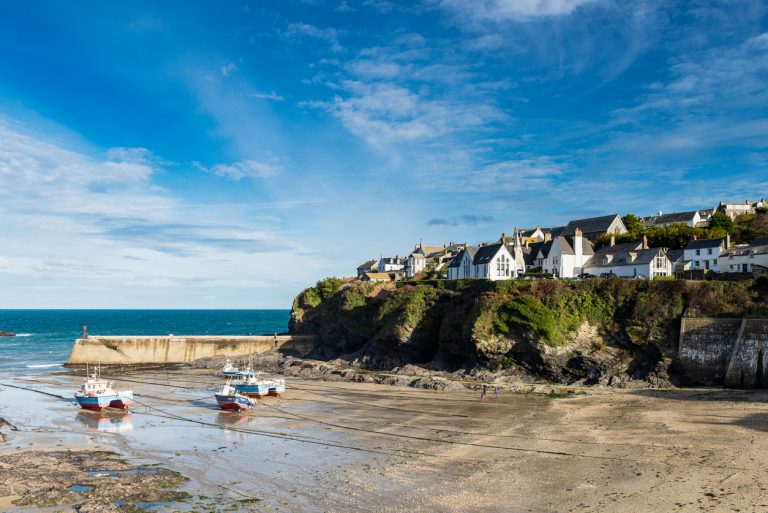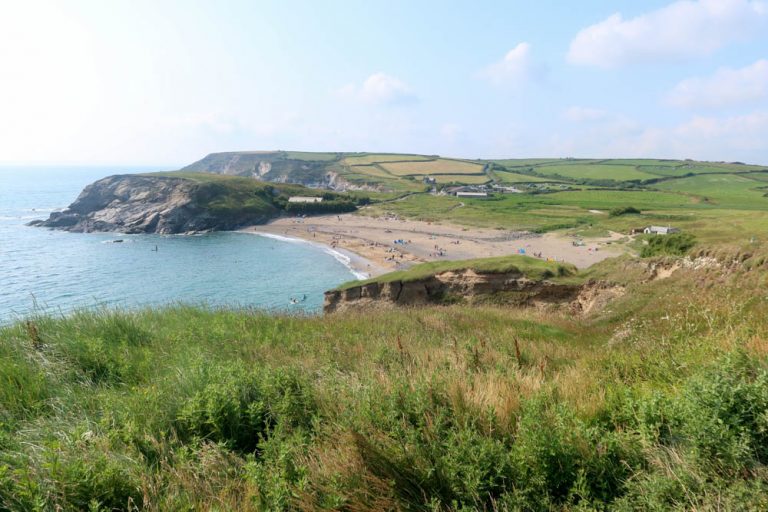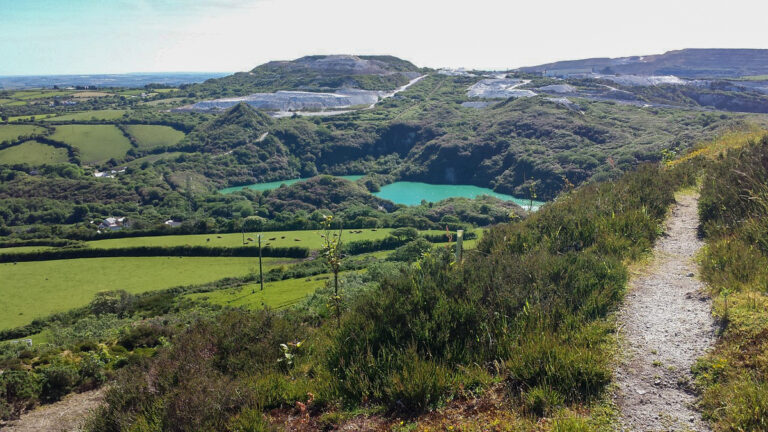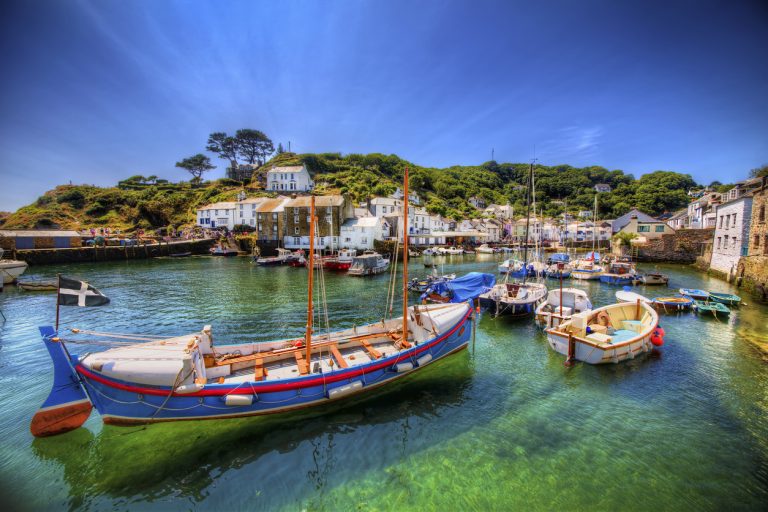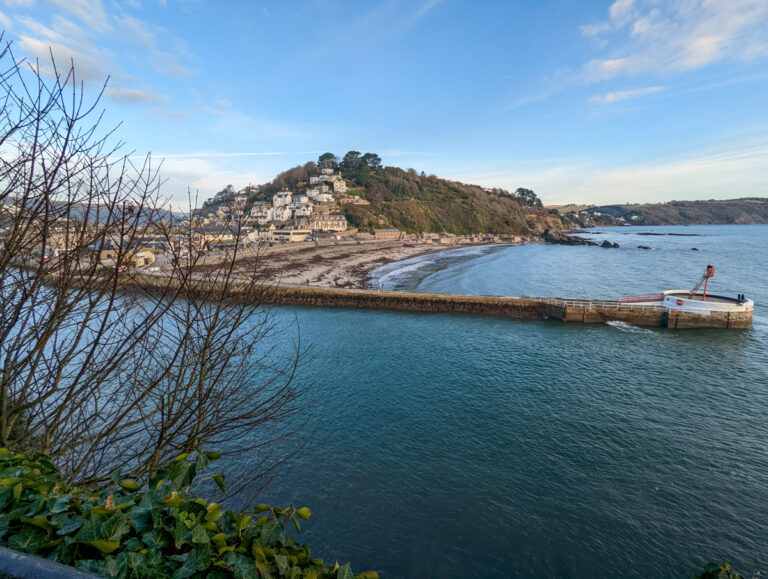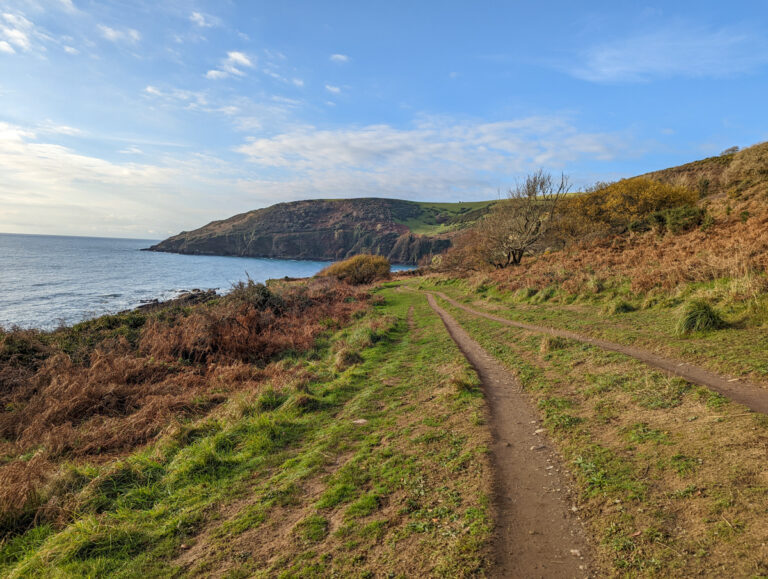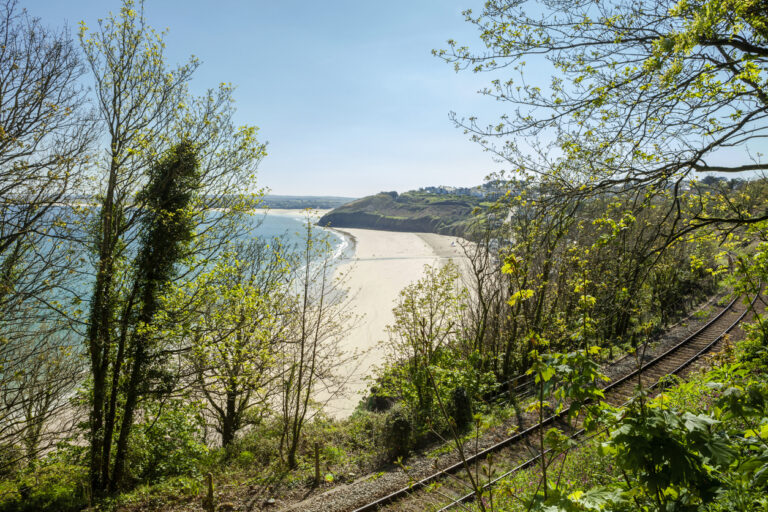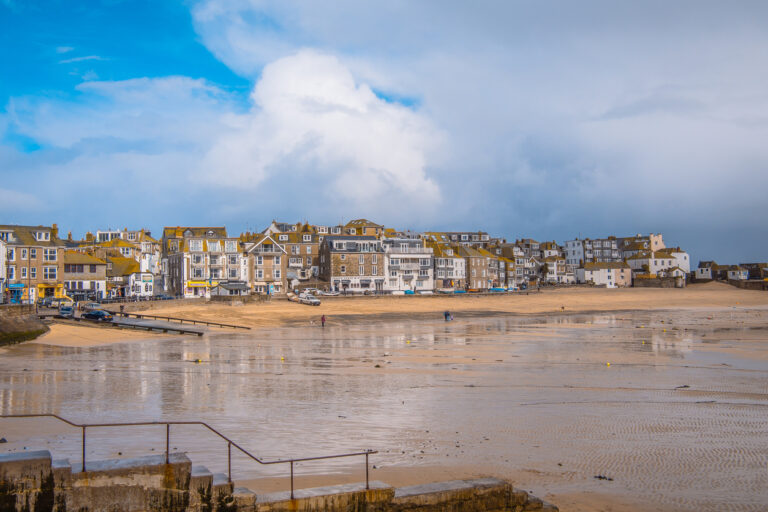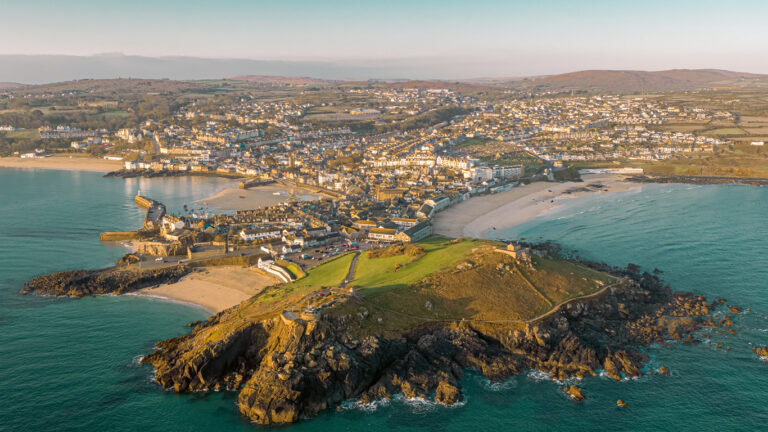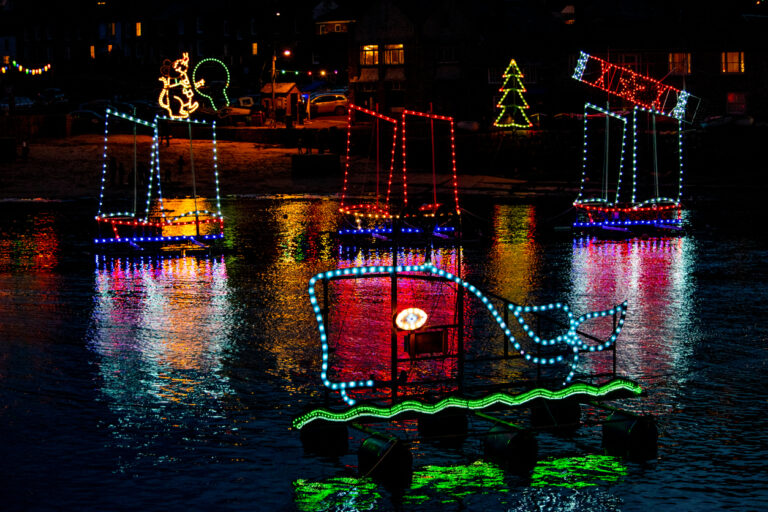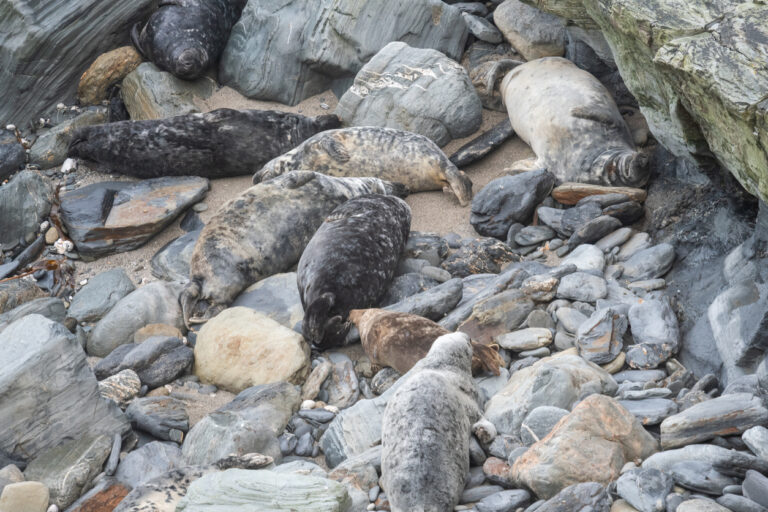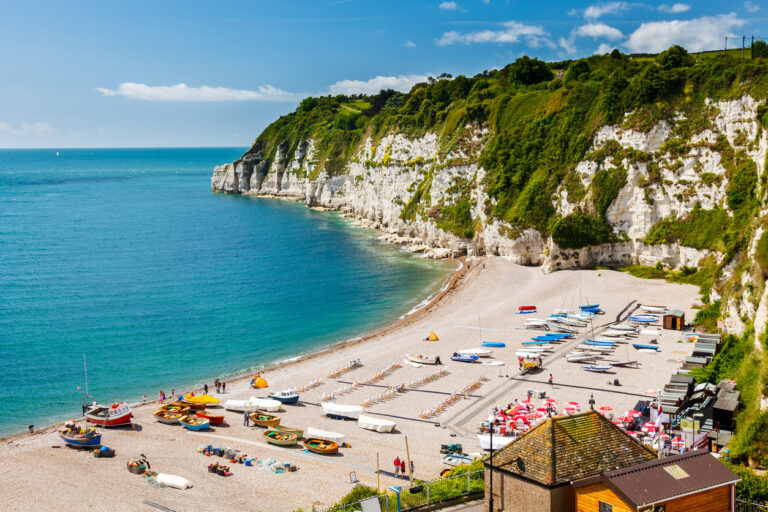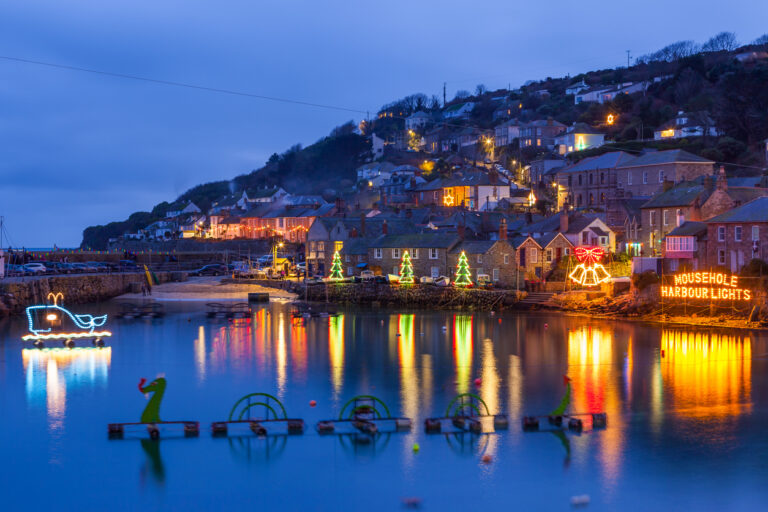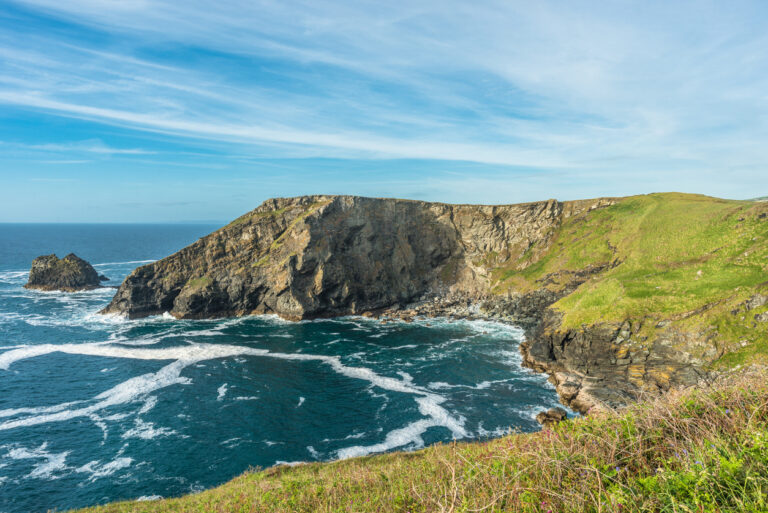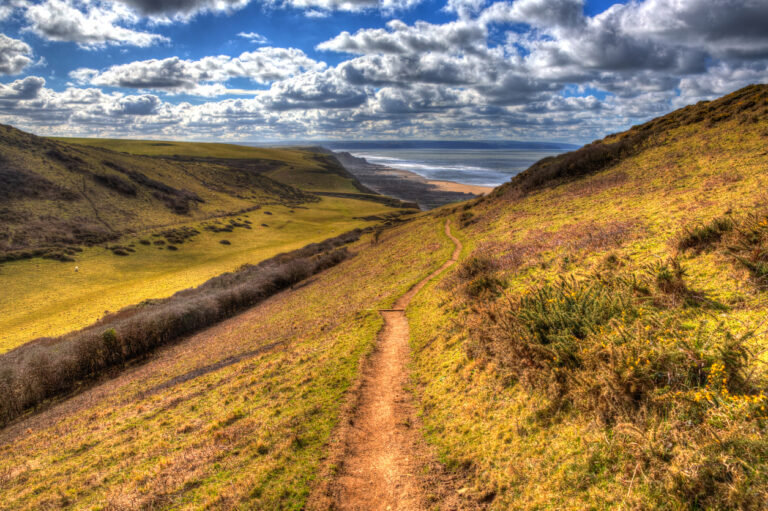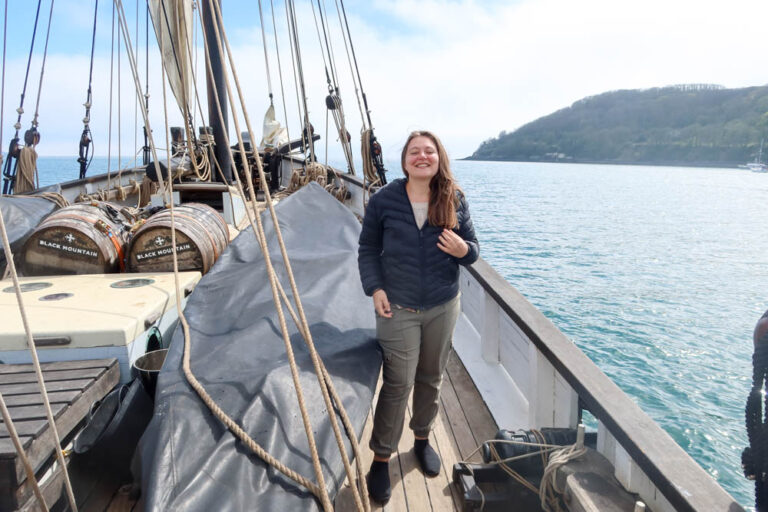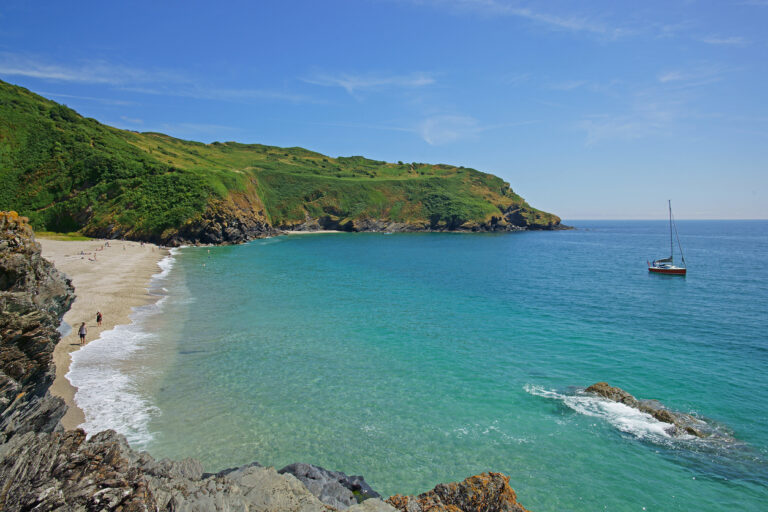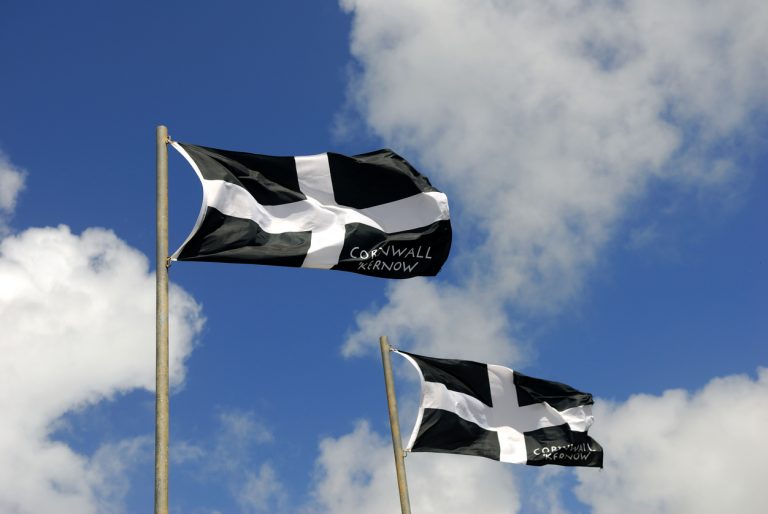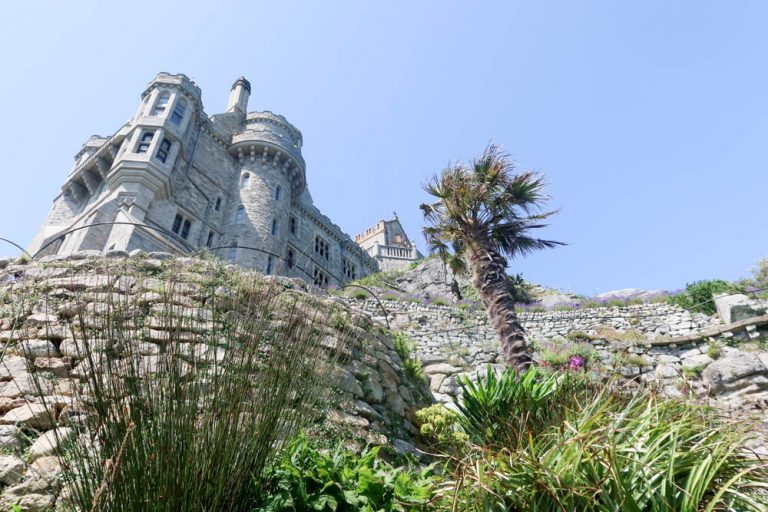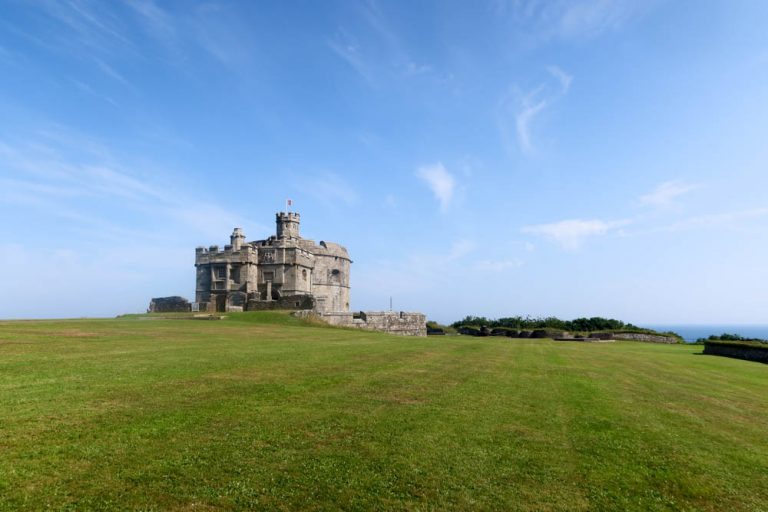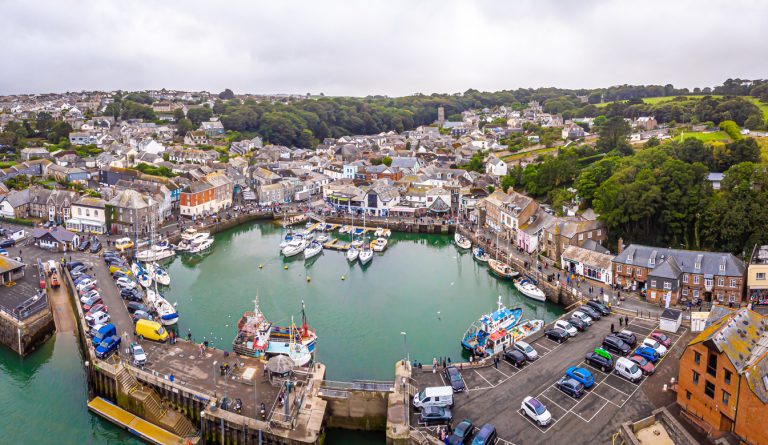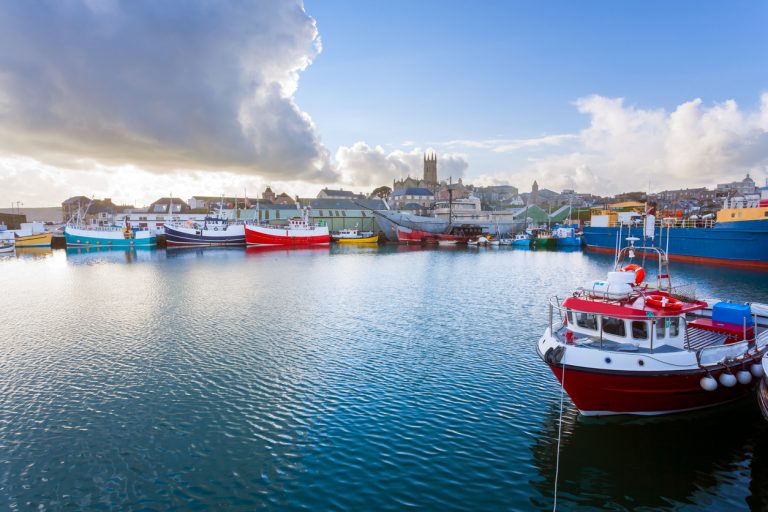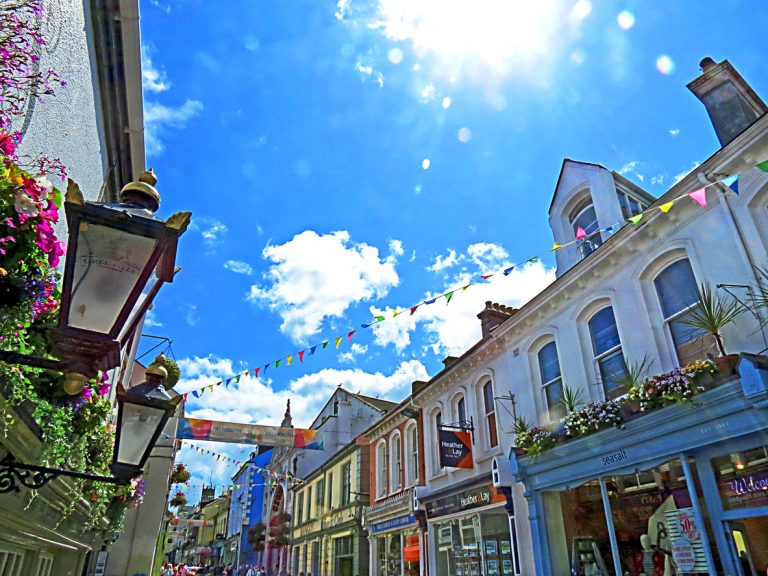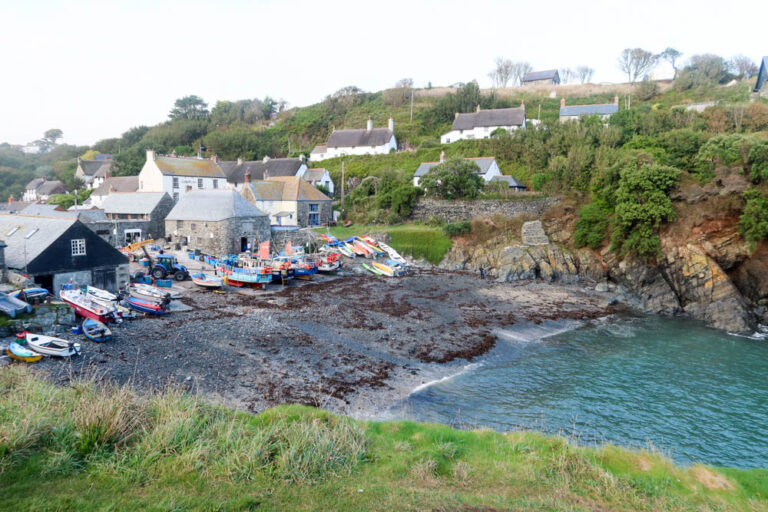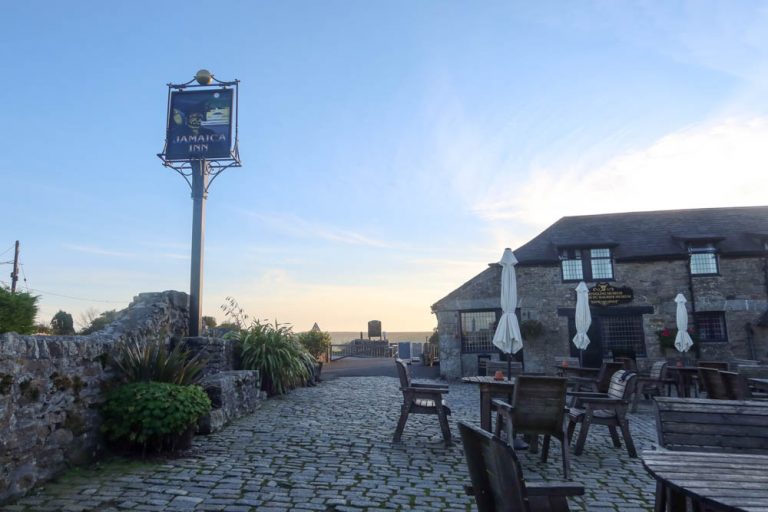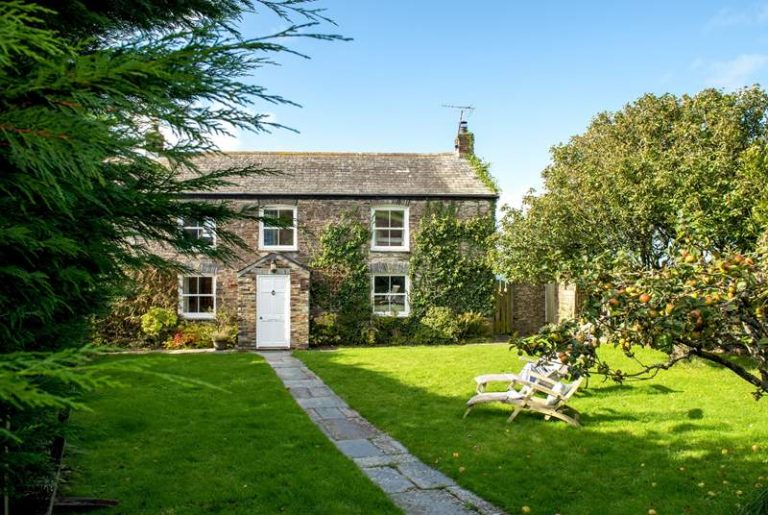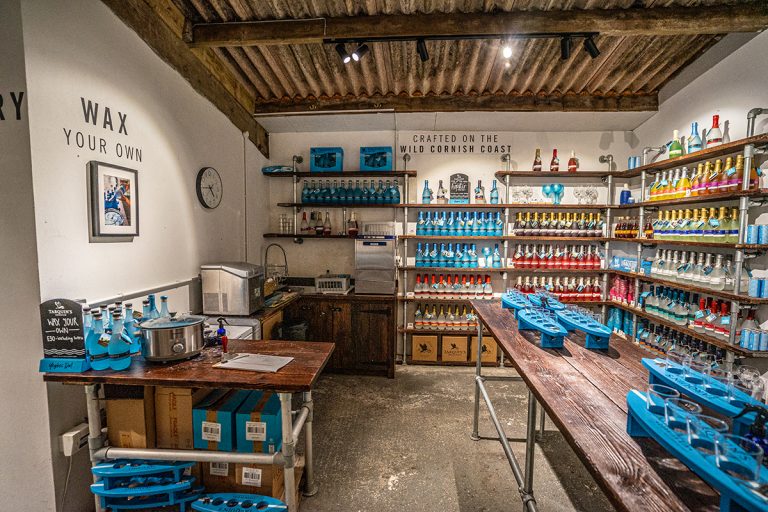CORNWALL TRAVEL GUIDE
My heart feels at home in Cornwall. I come from a long line of Cornish ancestors (I’ve traced my heritage back to the 13th century!). I’ve spent a lot of my life here, visiting family members, travelling around and I even lived here for a summer (and nowadays I only live an hour away from East Cornwall, so I can visit as much as I want!). I love everything about this wonderful land.
If you’re planning a holiday to the South West, then this Cornwall travel guide is here to help!
Cornwall is probably the UK’s premier holiday destination. The furthest south part of the UK, it’s renowned for its incredible beaches – some of which have world-class surfing and others that look like they belong in the Caribbean, with bright blue water and swaying palm trees.
But, while a lot of people in Cornwall head straight to the coast, there are plenty of fascinating inland destinations too, including the wild and rugged Bodmin Moor, a place of myth and folklore (and plenty of smuggling connections) for centuries. In fact, the entirety of Cornwall has plenty of culture and heritage to engage in too.
Cornwall is Celtic, with many more similarities to Wales and Scotland than England. As a part-Cornish person, this is something I’m particularly passionate about, and I’m always encouraging travellers to experience this side of the region! Cornwall has beaches, but it also has stories of smugglers, a complex history of tin mining, heaths and moors, cyder, its own patron saints and even its own language… And I’ll show you exactly how to see it all (with heaps of practical information) in this Cornwall travel guide!
As I mentioned, I’m part-Cornish and live next door in Devon, and I have spent a lot of my life in Cornwall, walking the coast path, exploring countless towns, villages and (its one) city and chatting about Cornish history and heritage with my family, local historians and basically anyone I can find. So I can offer a really unique perspective of visiting Cornwall as a tourist AND knowing it like a local.
So, let’s dig into this Cornwall travel guide.
Where is Cornwall?

Cornwall sits right at the South West of England. It protrudes out from Devon in a peninsula and sitcks out into the wild Atlantic Ocean.
It’s largely due to Cornwall’s historically inaccessible position that the Romans and more importantly, the Anglo Saxons, never settled here, leaving the Celtic tribes to flourish – and Cornwall to stay Cornish!
How to get to Cornwall

While it’s a lot easier to get to Cornwall nowadays than back in the Roman times, it’s still a bit of a mission. In the West Country, there are no motorways past Exeter, and depending on your destination you’ll pronbably take a mishmash of A roads to reach the region!
Driving
Most tourists drive to Cornwall. Take the M5 or A303 to Exeter and then the A30 or A38, depending on where in Cornwall you’re going (generally the A30 unless you’re heading to South East Cornwall).
Be aware that the Tamar Bridge which spans from Devon into Cornwall has a charge of £2.00.
Train
Trains connect a few towns in Cornwall (Saltash, Liskeard, Par, Bodmin, Truro, Redruth, Camborne, Hayle, St Erth and Penzance) with Exeter, Reading and London Paddington on one line, and Bristol and Birmingham on another.
Trains can take up to seven hours and can be expensive. I’d recommend booking your ticket well in advance and, if you’re eligible, purchasing a railcard. You may well save money on your ticket on just this one journey by having a railcard!
Bus
National Express coaches connect various towns in Cornwall with a few other destinations, mainly in the south and west of the country (i.e. Exeter, Bristol, Birmingham, London). Travel times will be long – around eight hours – and they aren’t as comfy as trains, but they are a lot cheaper!
Fly
You can fly to Cornwall – Newquay International Airport heads to most UK cities, and there are even some international connections. However, I personally try not to fly where possible and have never opted for this method!
Which area to stay in Cornwall?
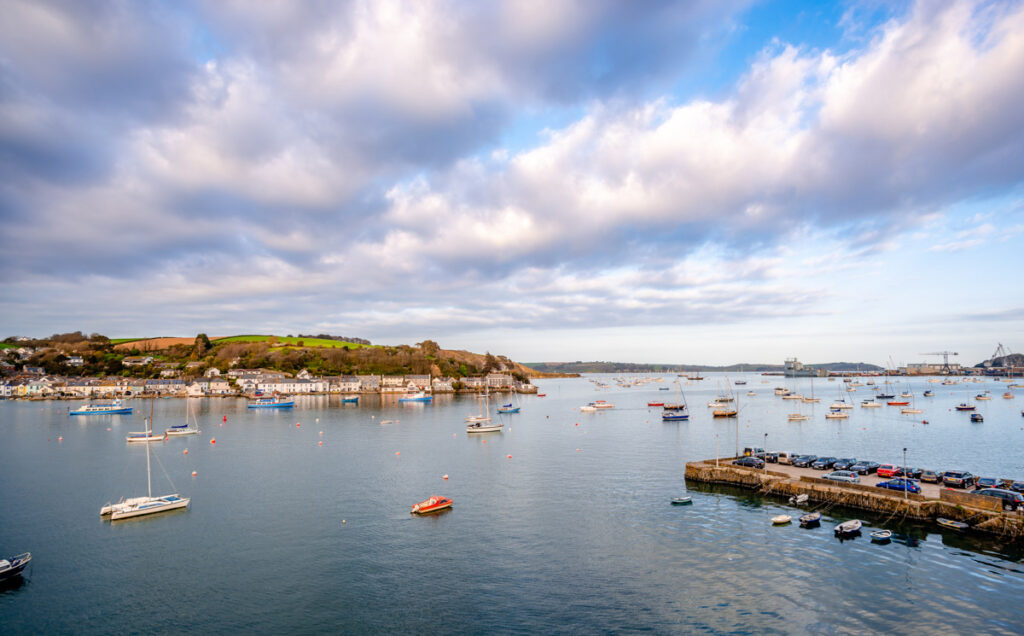
If you’ve never been to Cornwall, choosing an area to stay in can be completely overwhelming. Don’t worry – I’ve put together a list of my favourite towns!
You can click through for my top hotel/ guesthouse/ apartment recommendation, or click on the town name for my where to stay guide for that town.
- Best for nightlife – Newquay
- Best for a range of attractions and good restaurants – Falmouth
- Best for fine dining – Padstow
- Most charming fishing village – Port Isaac
- Best for a holiday atmosphere – St Ives
- Best for surfing – Bude
- Best for families – Fowey
- Most romantic place to stay in Cornwall – Mousehole (check out my places to stay in Penzance guide featuring Mousehole)
- Best off-the-beaten-track destination – Bodmin/ Bodmin Moor (see my full guide to Jamaica Inn here)
Things to do in Cornwall
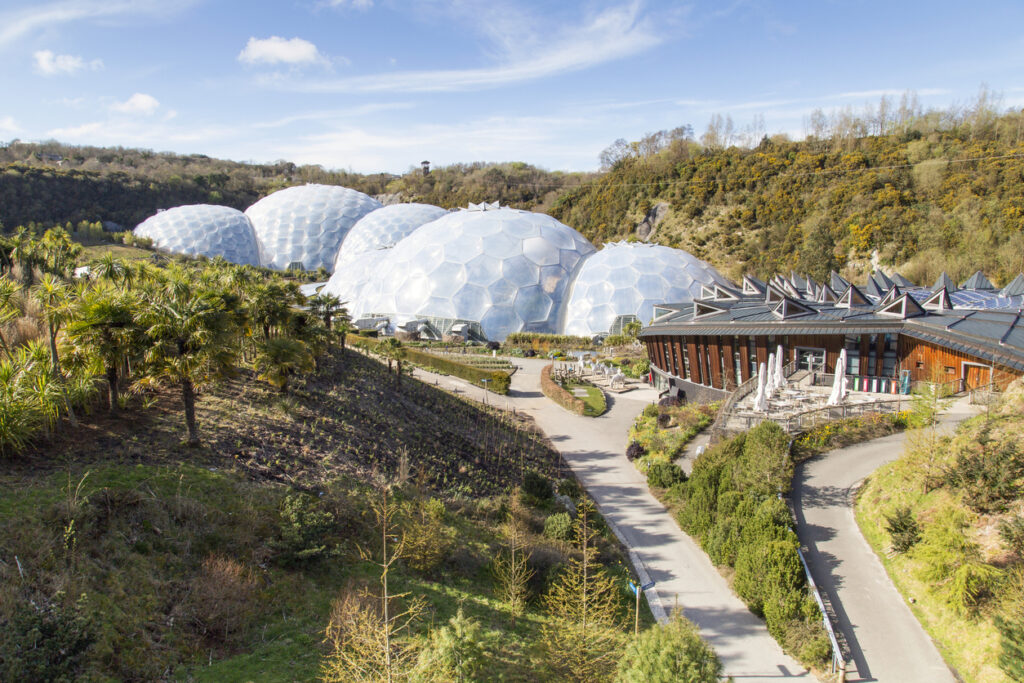
There are SO many things to do in Cornwall!
From lazing on its best beaches, to exploring museums, to seeing waterfalls, to going underground in mines, to hiking on moorland, to enjoying quirky festivals…
This region has a ridiculous amount of things to offer.
You can check my full blog post of the best things to do in Cornwall, check out my weekend in Cornwall itinerary or see below for a few bucket-list attractions – many of which I’ve written a full guide to.
- Tintagel Castle
- Pendennis Castle
- St Michael’s Mount
- Lost Gardens of Heligan
- Geevor Tin Mine
- Barbara Hepworth Museum and Sculpture Garden
- Golitha Falls
Towns and villages to visit in Cornwall
Part of the charm of exploring Cornwall is seeing its amazing towns and villages.
I’ve been to every tourist-focused town and village in the region (and its city, Truro, of course), and I’ve wrote guides for nearly all of them!
Here are the best towns and villages in Cornwall. You can click through to go to my guide for the town or village!
| Bude Boscastle Tintagel Port Isaac Polzeath Rock Padstow Newquay Polperro St Agnes | Portreath St Ives Hayle Sennen Porthcurno Mousehole Penzance Porthleven Lizard Falmouth | Mevagissey St Austell Fowey Polperro Looe Truro Redruth Camborne Bodmin Launceston |
Or, see my full guide of all the best places to visit in Cornwall.
Best Beaches in Cornwall
Of course, most people visit Cornwall for the beaches! I have a full list of beaches in Cornwall, but you might want to check out my other posts below for beaches around certain towns (take a look at them once you’ve booked your Cornish holiday to a particular town!).
- Beaches in Bude
- Beaches in Newquay
- Beaches near Padstow
- Beaches in St Ives
- Beaches in Falmouth
- Beaches in Penzance
How many days do you need in Cornwall?
How long is a piece of string?
I’ve spent a huge chunk of my life in Cornwall, and I’m still not bored of the place!
You definitely won’t see the whole Duchy on a one or two-week trip – you could maybe pack the highlights in a month, but there would still be so many hidden gems that you’d miss!
I do have a one week in Cornwall itinerary that heads to the main highlights, but it’s very rushed.
Instead, I’d recommend that you take your time and stay in one area.
I’d also recommend to not go to Cornwall for less than three-four days, unless you’re going from Devon, Dorset or Somerset (which are all a lot closer – I quite frequently go to Cornwall just for the day as I live so close to the Cornwall/ Devon border!).
However, I do have a weekend in Cornwall itinerary which just focuses on East Cornwall, which you might find useful if you really want to visit but don’t have more than two nights!
When to go to Cornwall
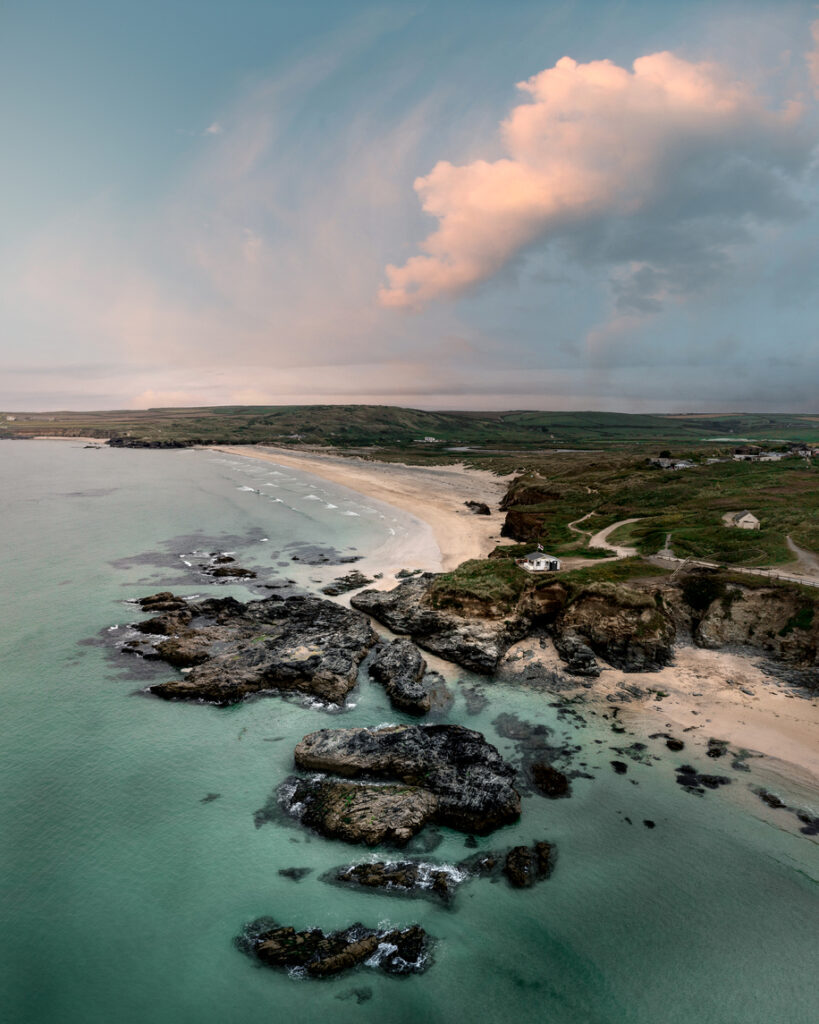
Did I mention Cornwall is popular? Thanks to its jaw-droppingly beautiful beaches, this coastal region is one of the top travel destinations in the UK.
However, this means that it can get busy. Add that to the fact that a lot of Cornwall’s roads are single-lane country tracks, and it means that there can be traffic jams galore, prices can rise significantly and hotels and restaurants can book out in the peak summer season!
Bearing this in mind, I’d recommend avoiding July and August, even though they’re the hottest months of the year in England.
Instead, I’d visit Cornwall in May, June or September. You should still have some nice weather, but the crowds are a lot thinner!
Cornwall is beautiful year-round, however. I’ve got a post all about things to do in Cornwall in winter and a few Christmas guides (things to do and the best Christmas breaks!).
St Ives in winter is eeriely quiet, yet incredible, and you can still do coastal walks on clear days.
Plus, Cornwall has plenty of all-weather attractions! Check out my guide to Cornwall in the rain for more.
All Cornwall blog posts
Advice for international travellers
If you’re an international traveller to Cornwall, firstly, welcome!
Secondly, here are a few tips that might come in useful.
Visa for UK
I’d recommend checking with your foreign office on whether you need a visa or not. Some nationalities do, some nationalities don’t!
If you don’t, the only other entry requirement is to have 6 months worth of validity on your passport.
Plugs
In the UK, we use three-pronged plugs; these are only used in limited other places around the world so if you aren’t from one of those countries, you’ll need an adaptor.
Language
Although there is a Cornish language, very few people speak it, and even the people who do only speak it in social circles.
Nobody’s going to come up to you and start speaking Cornish, expecting you to understand, so don’t worry!
Do keep an eye out for the language being used though, as it’s quite interesting. Some signs are translated, just like they are in Wales, and most of the names in Cornwall are Celtic!
Your ultimate Cornwall travel guide!
I hope that this travel guide to Cornwall has helped you plan your trip to this gorgeous land! Do spend some time on the blog – I’ve wrote about most destinations in the region (and I’m in the process of writing more!), and if you have any questions, feel free to drop me a message on Instagram!

